OnePlus Open review: one year on and still a fabulous foldable
Apex Edition a timely reminder OnePlus nailed the foldable formula at the first time of asking
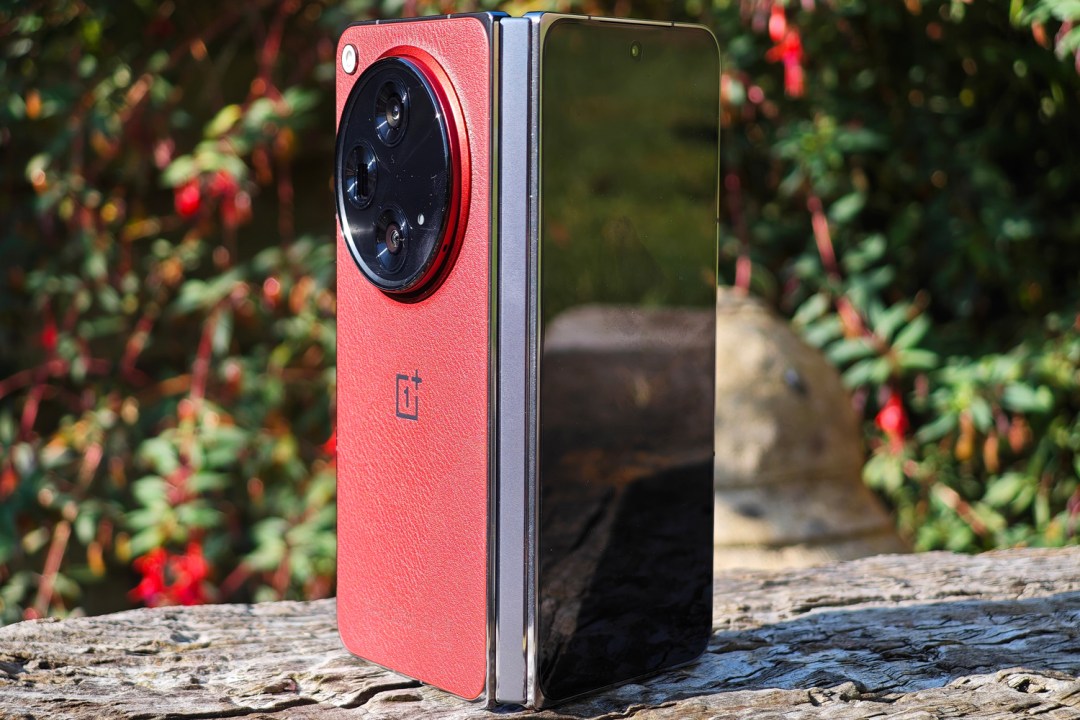
Stuff Verdict
The finest foldable around at launch, and still impressive today. The OnePlus Open costs less than major rivals yet bests them on styling and camera ability. It’s a few small steps from perfection.
Pros
- Outstanding build quality and near-perfect form factor
- Flagship-grade performance and battery life
- Apex edition looks slick and doubles storage – but still undercuts rivals
- Still the best take on foldable multitasking
Cons
- Obviously pricier than any non-folding flagship
- Digital zoom a struggle in lower light
- No wireless charging and a compatible stylus is hard to find
Introduction
Whether the OnePlus Open felt like a cutting-edge foldable smartphone or not at launched depended on if you’d spent any time with the Oppo Find N2 – the China-only foldable from OnePlus’ parent company – the year before. A lot was carried over from that model to the Open and its Find N3 sibling. For most Western phone fans, though? The Open was a breath of fresh air.
While the Google Pixel Fold clearly felt like a debut effort and the Samsung Galaxy Z Fold 5 was mostly more of the same, OnePlus’ first foray into foldables got the form factor right, doesn’t skimp on hardware, and costs less to boot. Add in one of the best takes on big-screen multitasking Android has yet seen, and it was clearly top of a still-emerging class. Twelve months later, both big-name rivals have released new generation models; OnePlus has fired back with the Open Apex Edition. Is a fresh new colour and double the internal storage enough to remain top dog?
Review originally published November 2023
How we test smartphones
Every phone reviewed on Stuff is used as our main device throughout the testing process. We use industry standard benchmarks and tests, as well as our own years of experience, to judge general performance, battery life, display, sound and camera image quality. Manufacturers have no visibility on reviews before they appear online, and we never accept payment to feature products. Find out more about how we test and rate products.
Design & build: fantastic form factor
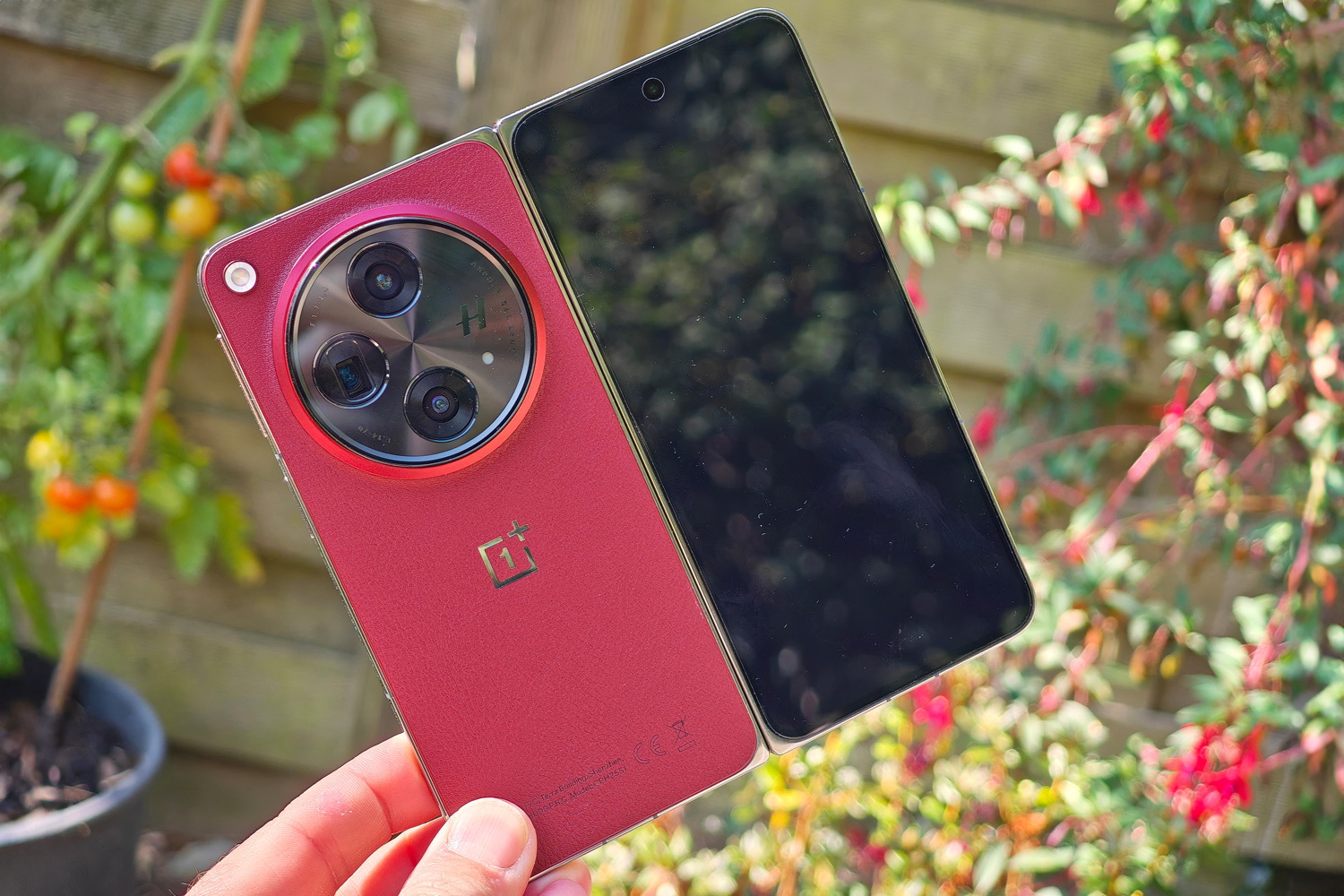
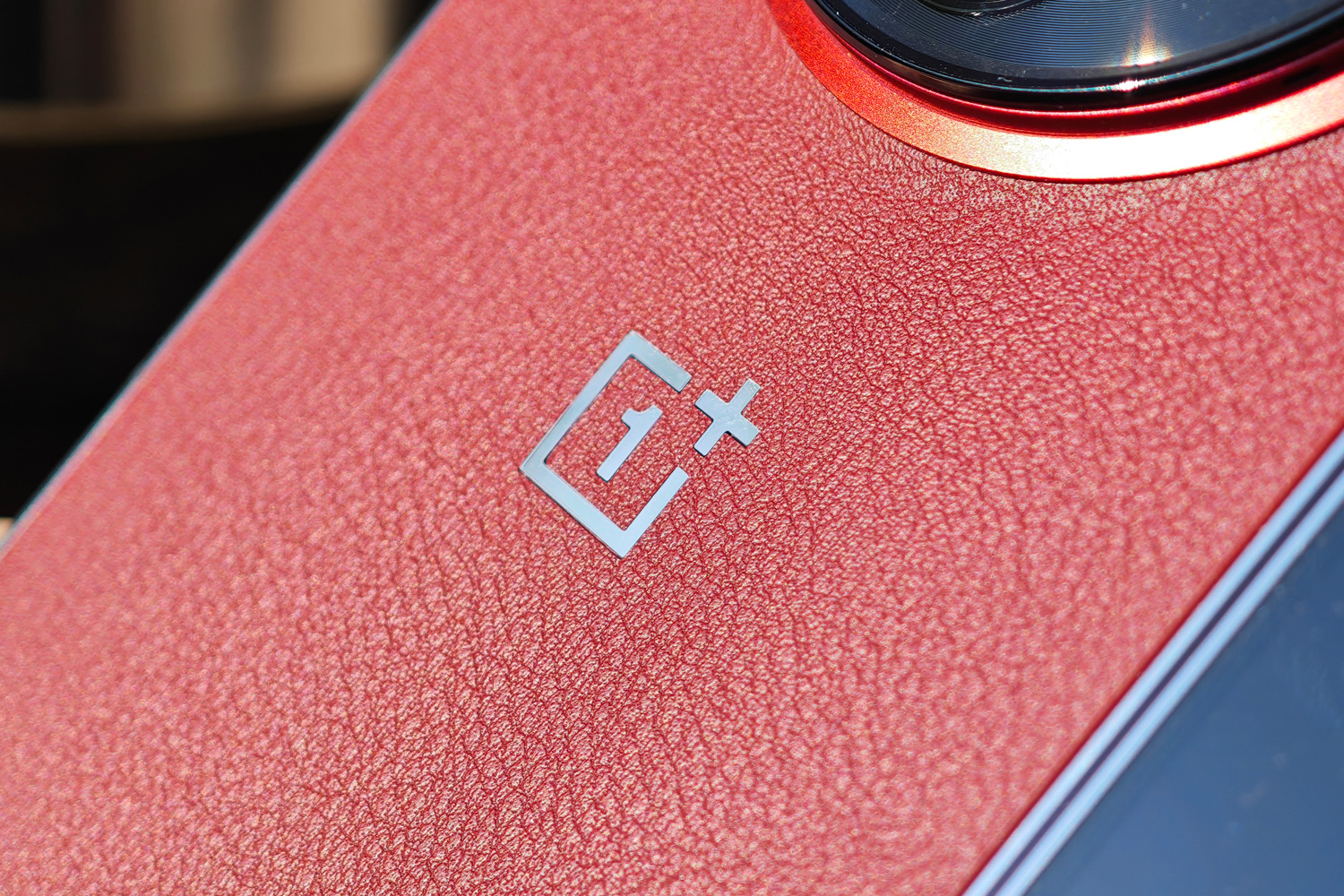
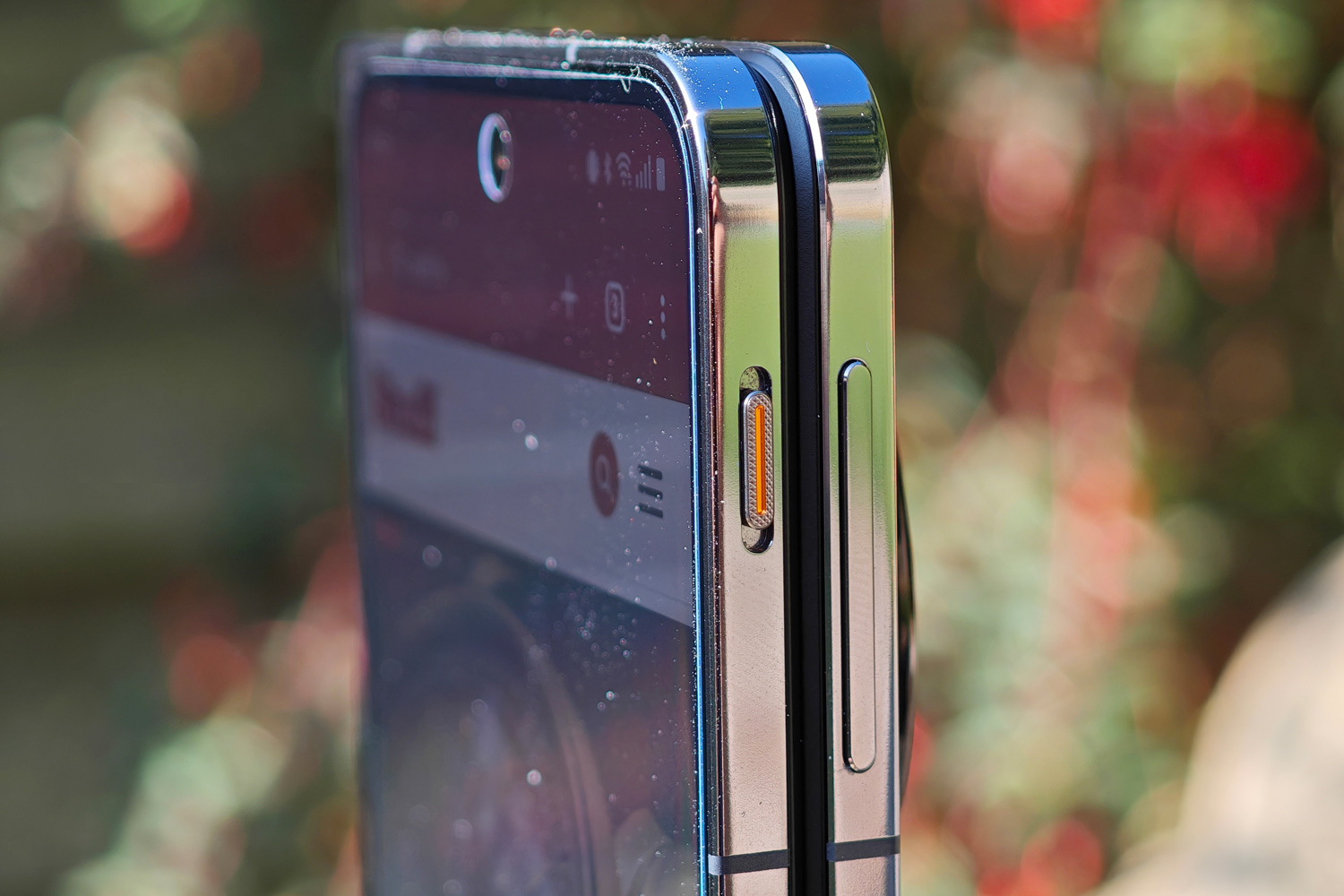
Foldables have quickly been getting thinner and lighter. When the OnePlus Open landed its 11.7mm folded and 5.8mm unfolded dimensions were class-leading; it’s still skinnier than Samsung’s Galaxy Z Fold6 when shut, but the Google Pixel 9 Pro Fold has it beat – and the Honor Magic V3 is overall slimmer of the year. While the Open naturally does feel thicker in your pocket, it’s not that far removed from any number of non-folding flagships with giant camera bumps. And at either 239g or 245g depending on which finish you go for, this phone isn’t miles off the titanium frame Samsung Galaxy S24 Ultra.
At launch, the only OnePlus Open to hit the UK and Europe was the Emerald Dusk variant; it had a green hue and matte glass, while the US also got a Voyager Black version with vegan leather. That model eventually saw a wider release, but both have now been shown up by the distinctive Crimson Shadow colours of the Apex Edition. The polished silver frame and orange trim on OnePlus’ signature alert slider are a neat nod to one of camera partner Hasselblad’s most revered models, and in my opinion it’s the best looking book-style foldable going.
Bringing the alert slider to the Open was a great move. I like physical sliders for this and it’s one thing we’re missing a little from the iPhone 15 Pro with its Action Button. OnePlus says the size of the slider has been increased for the Open, while its position has been adjusted for one-handed operation. The Apex edition adds a new VIP mode to proceedings, on top of the ringer/vibrate toggles; this locks down the camera and microphone, and ramps up device security. I’ve honestly not found much use for it.
The camera roundel at the rear is simply huge. I’m a fan – it really highlights that cameras aren’t an afterthought on this phone, like they are on many foldables. I know there’ll be some of you reading this who aren’t so keen, though.
The phone has quite angular styling, but it feels nicely tactile in the hand – the edges are nicely finished off, the frame doesn’t encroach too much on the outer screen, and the vegan leather versions are wonderfully grippy. They hide fingerprint muck well, too.
Speaking of, there’s a fingerprint sensor embedded in the power button on the side. It’s easy enough to reach and was always quick to recognise my fingers, though I do still prefer the dual under-display scanners used by Vivo on the X Fold3 Pro. There’s face unlock for the homescreen, which can use both the outer selfie camera and the one punched through the inner screen, but neither are secure enough to use for banking apps.
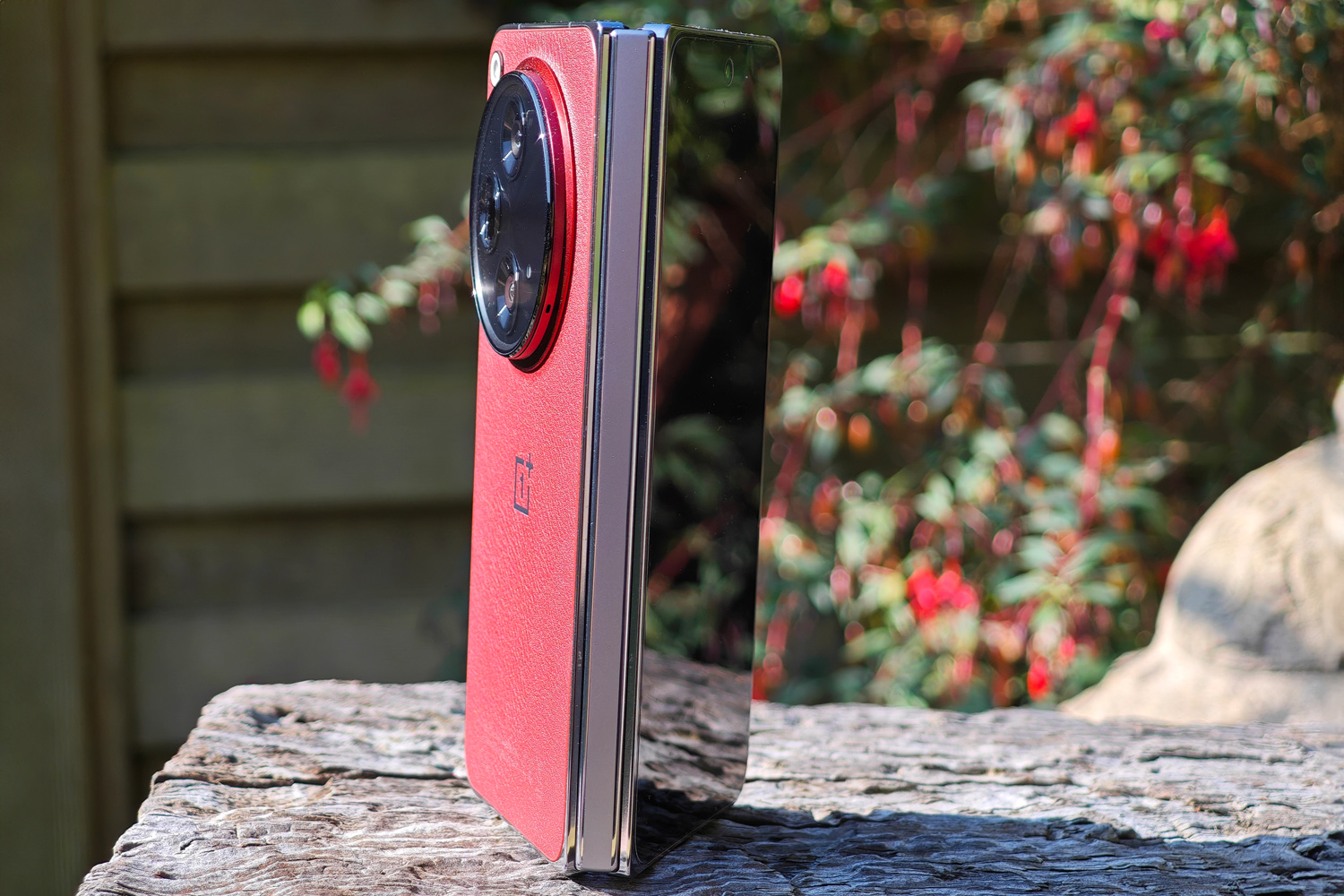
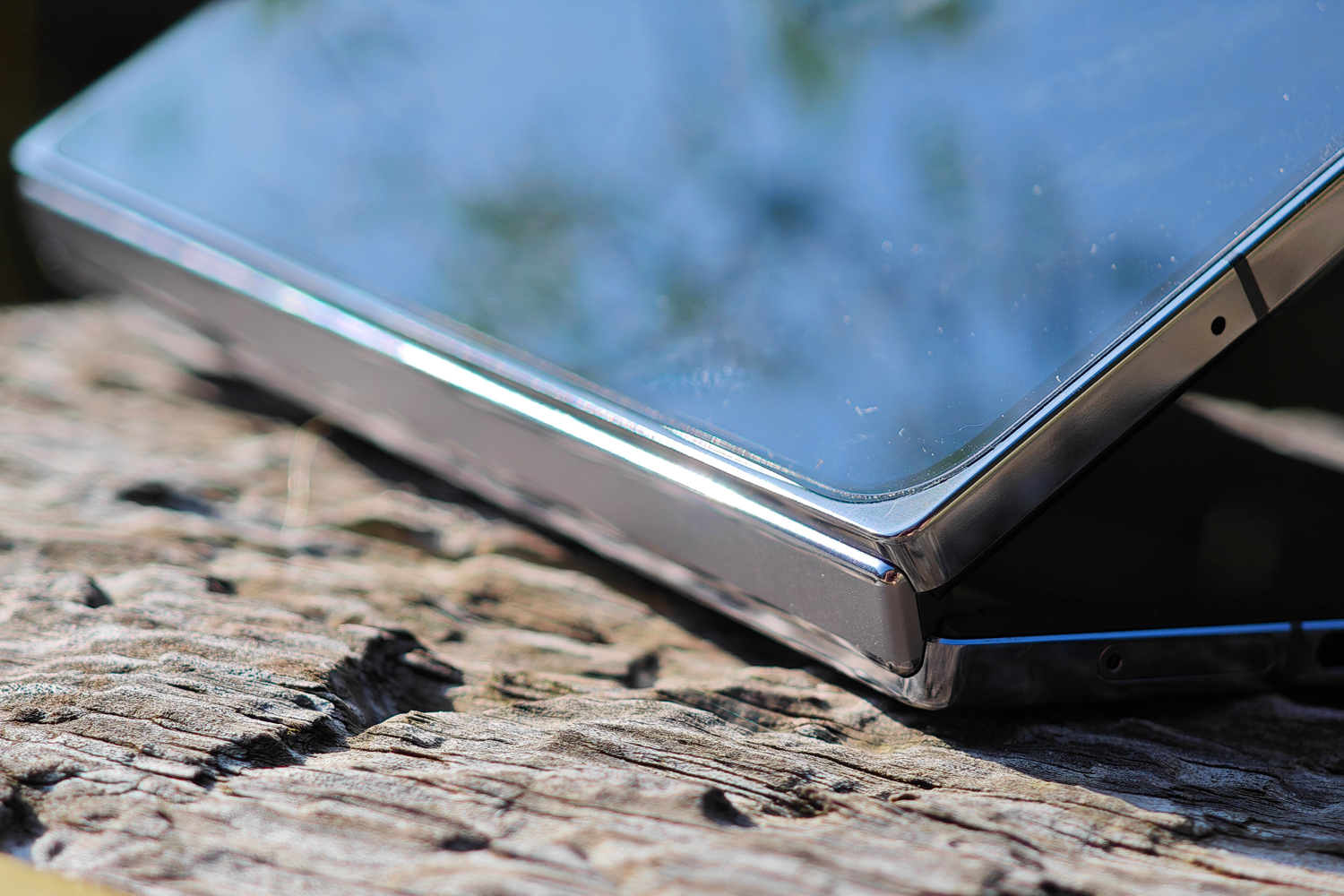
The hinge is a key component of any foldable phone and the difference between this 69-part Flexion hinge and early foldables is like night and day. The hinge opens smoothy and slaps shut nicely. There’s no juddery operation at all – it’s so smooth. The two halves clasp together nicely and sit flush with one another. There’s no gap, the phone unfolds fully flat, and you don’t feel like you have to treat it like it’s a flower about to fall apart.
The phone is IPX4 rated, so will withstand splashes – though not a dunking. The best foldables are now IPX8, so have the OnePlus beaten for water protection.
Screens & sound: size matters
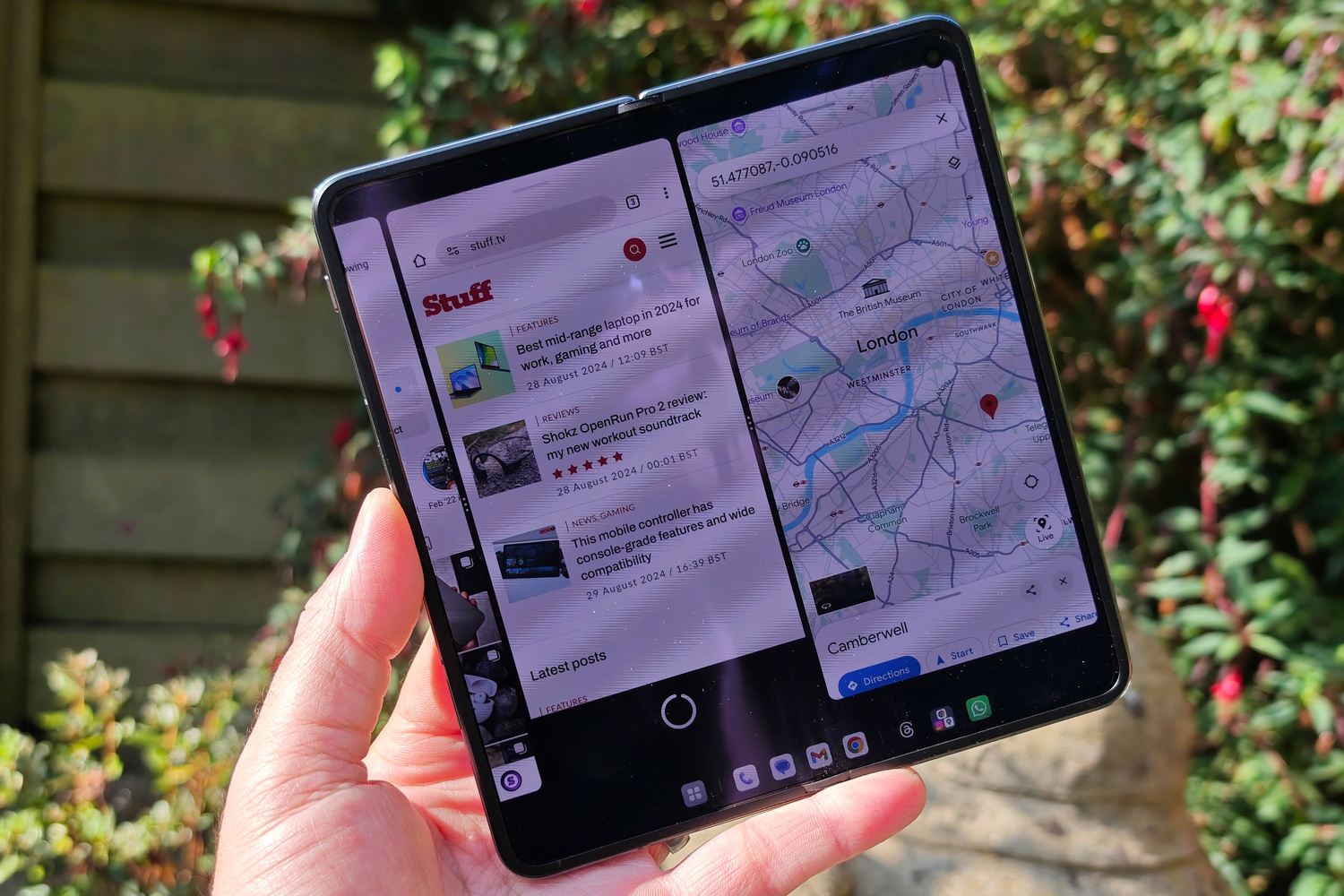
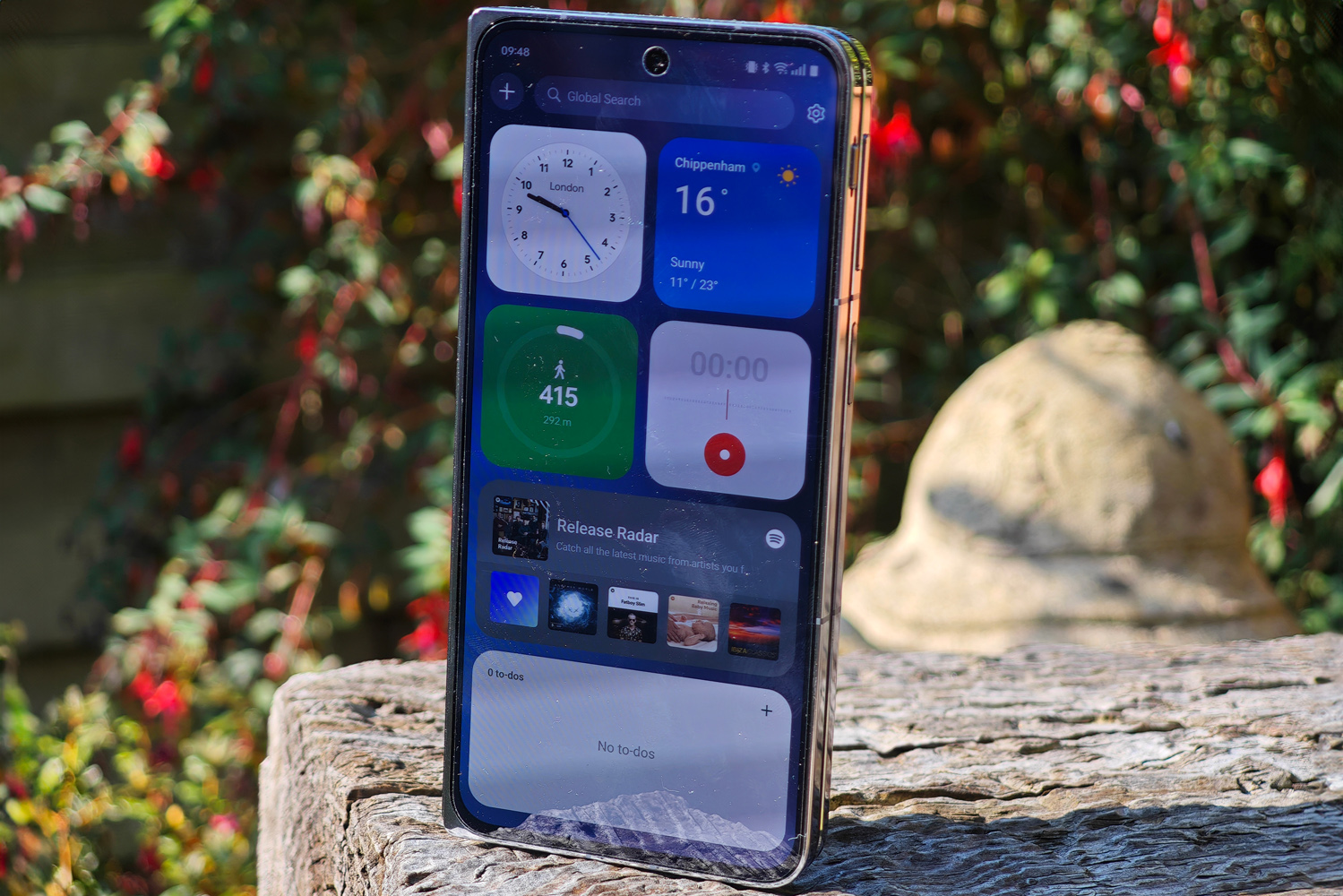
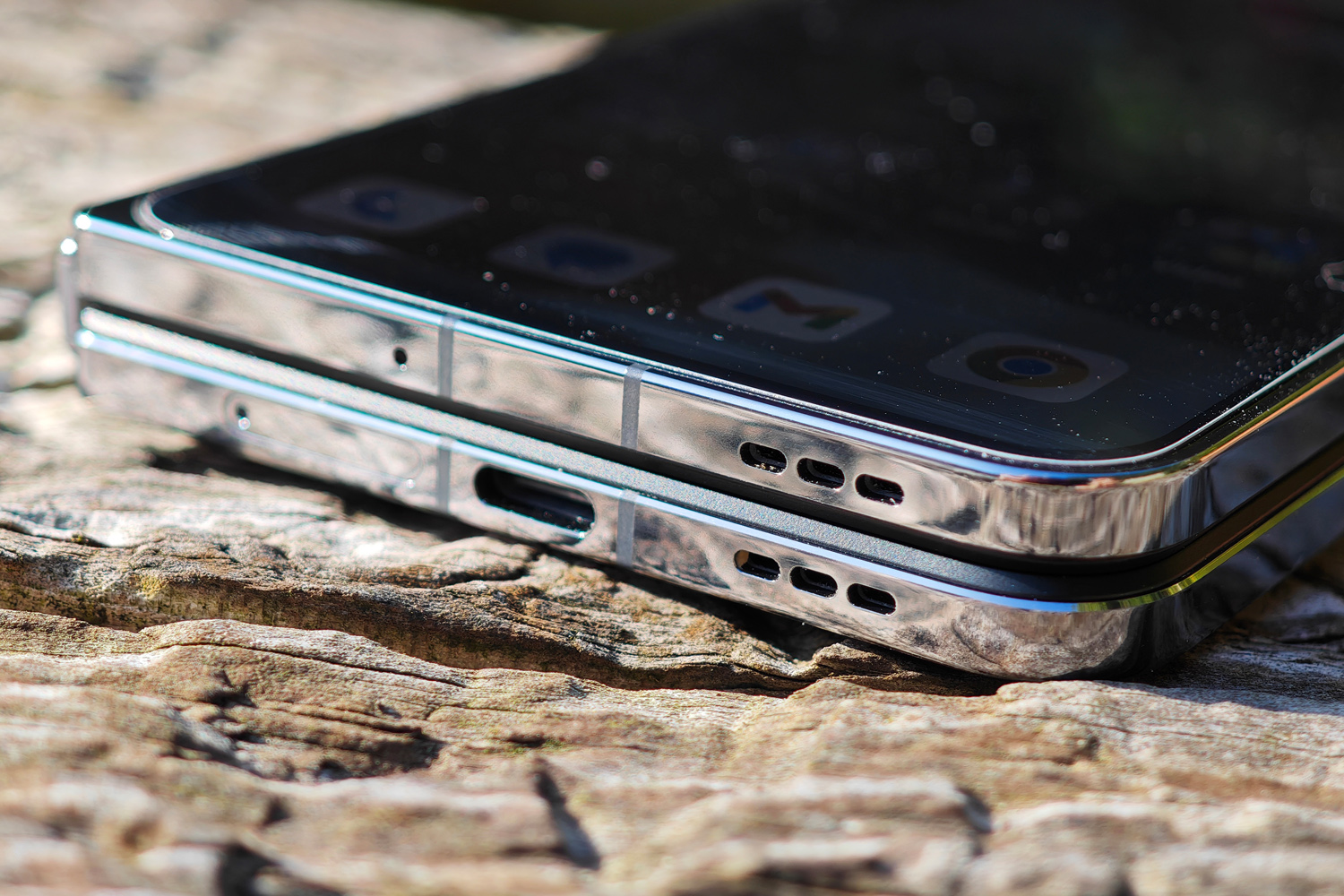
There are 6.3in outer and 7.82in inner AMOLED displays here, and both are capable of 1-120Hz adaptive refresh rates. The former is, in my view, the perfect size for a foldable: the aspect ratio is an exact match for a non-folding phone, so apps don’t feel at all squeezed in like they do on Samsung’s skinny Z Fold series, yet it’s still small enough to hold one-handed.
It’s protected by toughened Ceramic Guard glass, which is sturdy enough to survive small drops, but can’t match the Galaxy S24 Ultra’s Corning Gorilla Armor glass for dulling light reflections. Seriously, the sooner Samsung’s presumed exclusivity deal runs out, the better.
The main display has the usual plastic protective layer, which doesn’t go right to the edges of the panel like the Pixel 9 Pro Fold, but is barely noticeable in daily use. There’s no point pretending the crease isn’t there, but but it has been kept to a minimum, and is only noticeable when the light hits from a certain angle. It doesn’t detract or distract from what’s on the display otherwise, and you barely feel it under your fingers.
Brightness, colours, contrast and sharpness are all otherwise on point for a top-tier phone. Sure, there are non-folding flagships that shine brighter, but I never struggled to see what was on either screen while outdoors on sunny days. As you’d expect, I found the unfolded display was superb for reading content and browsing photos, but never felt I had to use it because the outer screen was in any way compromised – something I’ve found on several Samsung foldables.
Officially both screens will play nicely with a stylus, but only the Oppo Pen seems to be supported. This hasn’t seen a wide release outside of China, so is a real pain to track down. It’s much easier to source an S Pen for the Galaxy Z Fold6 if you’re all about note-taking or doodling.
Three speakers (two at the top, one at the bottom) deliver reasonably loud audio. I’ve used rivals that shout louder, but there’s not a lot in it, and overall clarity is really rather good. There’s some Dolby Atmos spatial sound going on behind the scenes, which helps create a wider soundstage when watching videos.
Cameras: no real compromise
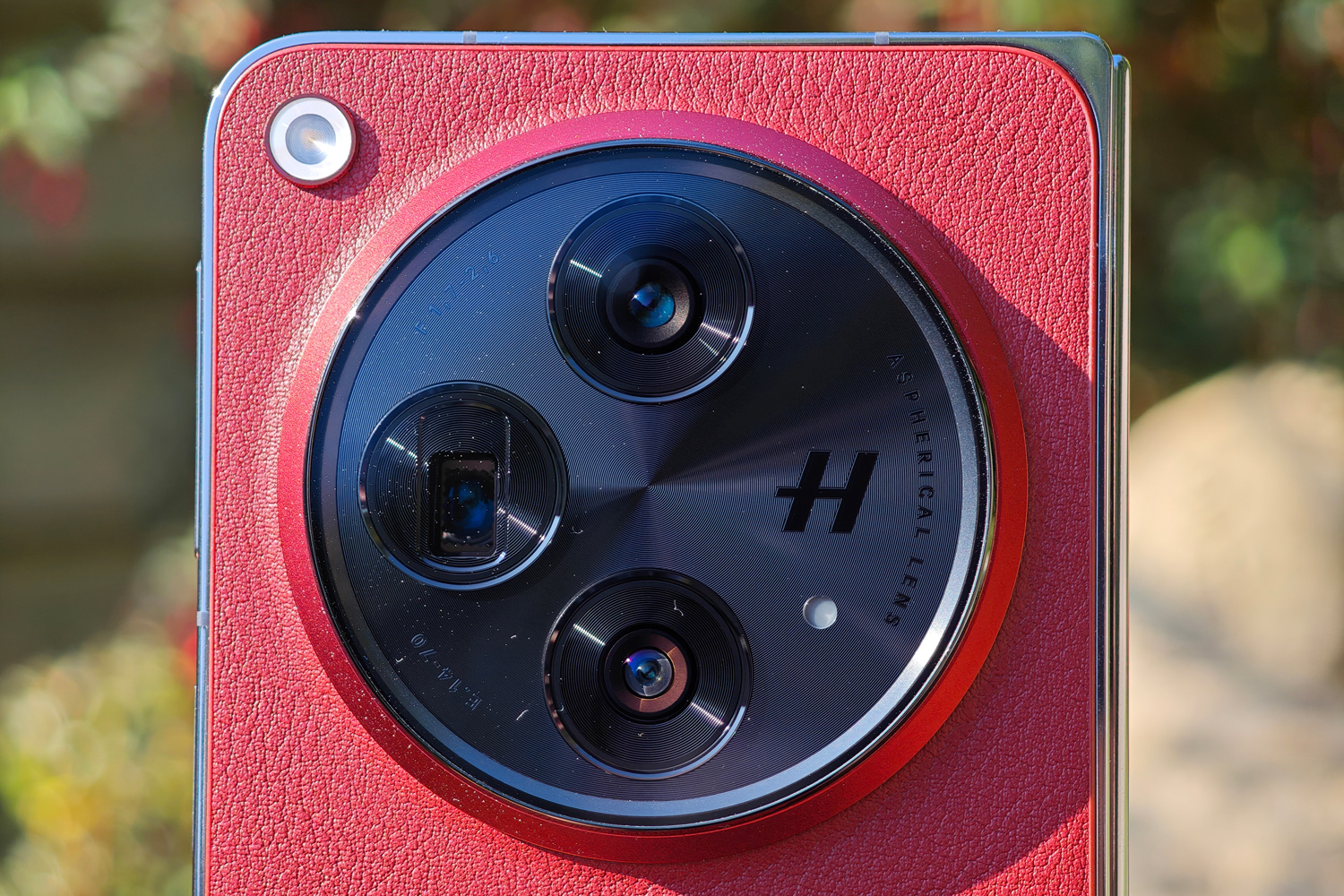
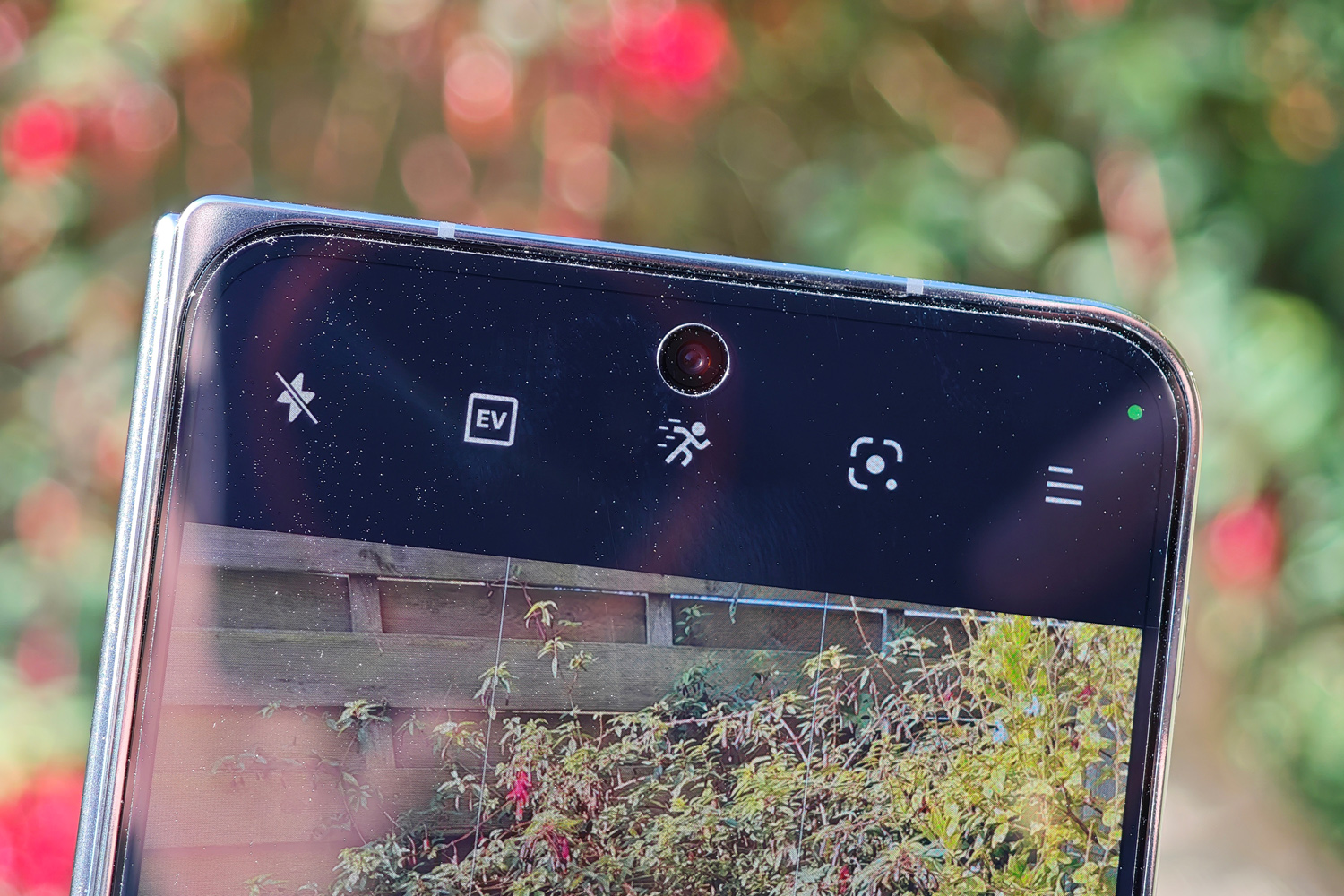
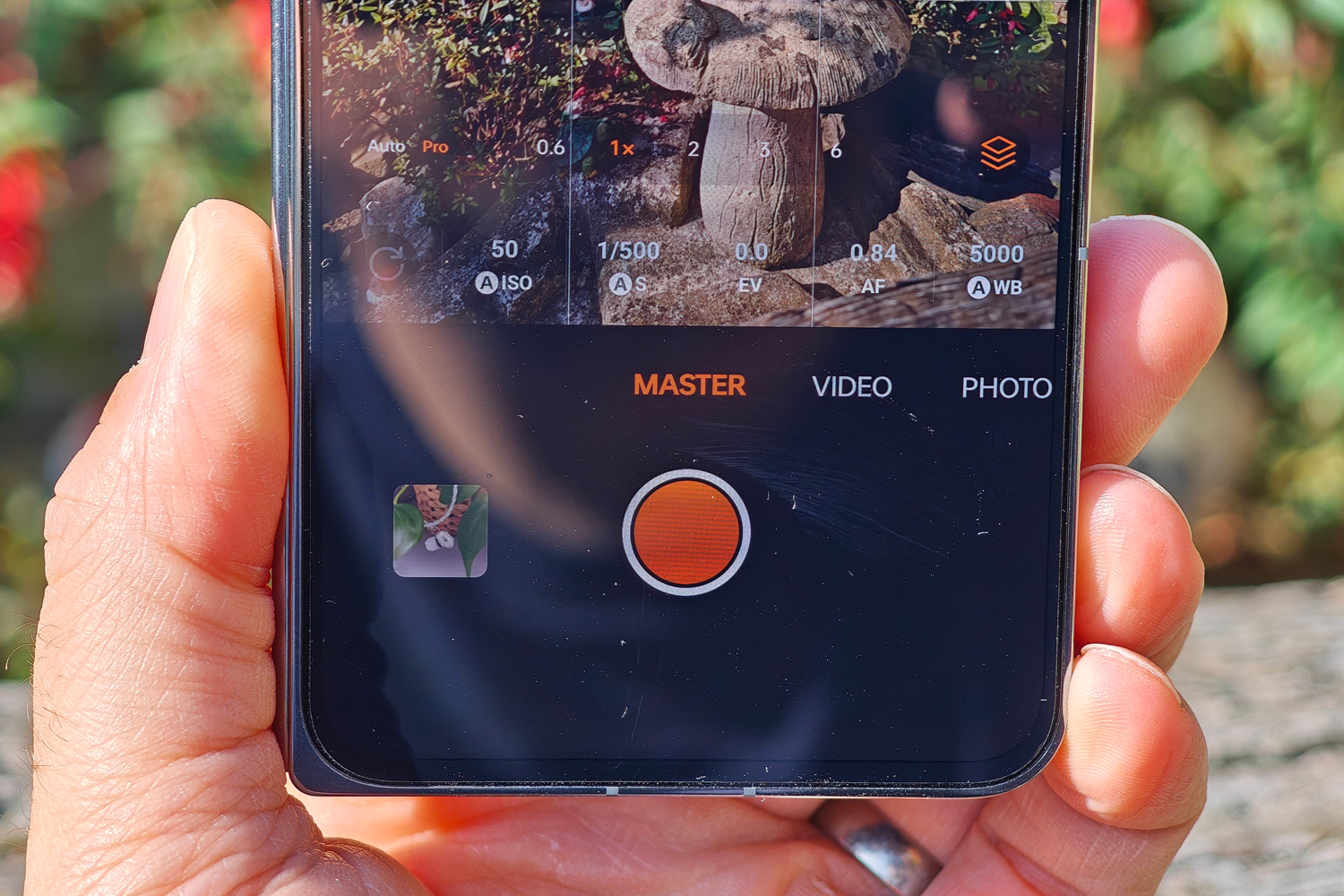
The triple Hasselblad-enhanced camera setup housed inside the aforementioned chunky rear roundel is an eye-catching arrangement, and not least because of its physical size. There’s been little trade-off in terms of sensors, with a Sony-sourced 48MP LYTIA-T808 lead lens that supports pixel stacking (a first for any foldable), a 48MP ultrawide with autofocus for macro snaps, and a 64MP periscope telephoto good for 3x optical zoom.
That’s not the whole story, as there’s also 6x hybrid zoom. OnePlus calls it ‘in-sensor lossless zoom’, and while my snaps looked a little softer than those shot at 3x, they held up exceptionally well. Digital zoom goes all the way to a whopping 120x, and can produce decent results in good light, providing you can keep your hand steady enough. Low light for this is a no-no though. It’s much, much better if you, say, go for 20x.
The dual selfie cams also have impressive pixelage; 32MP inside and 20MP outside (yes, there’s one on each display). My smattering of selfie portraits looked great. OnePlus says it has worked to improve Hasselblad Portrait Mode on this phone over previous versions and I got some pleasing results.
The images I took in daylight were really crisp and clear, with exposure only becoming a slight issue against a bright sky at launch. Software updates over the past twelve months have improved dynamic range handling a fair bit. There’s basically no image noise, colours are punchy and there’s a wonderful amount of detail on show, without the oversharpening some rivals rely on to give the impression of clarity.
I give it the edge over the Galaxy Z Fold6 (a newer phone, don’t forget) in colour reproduction and overall definition, while the Samsung deals better with exposure. I’ve yet to test a Google Pixel 9 Pro Fold, but based on this performance I’d say the Open is still very much a top contender among foldables easily obtainable in the West.
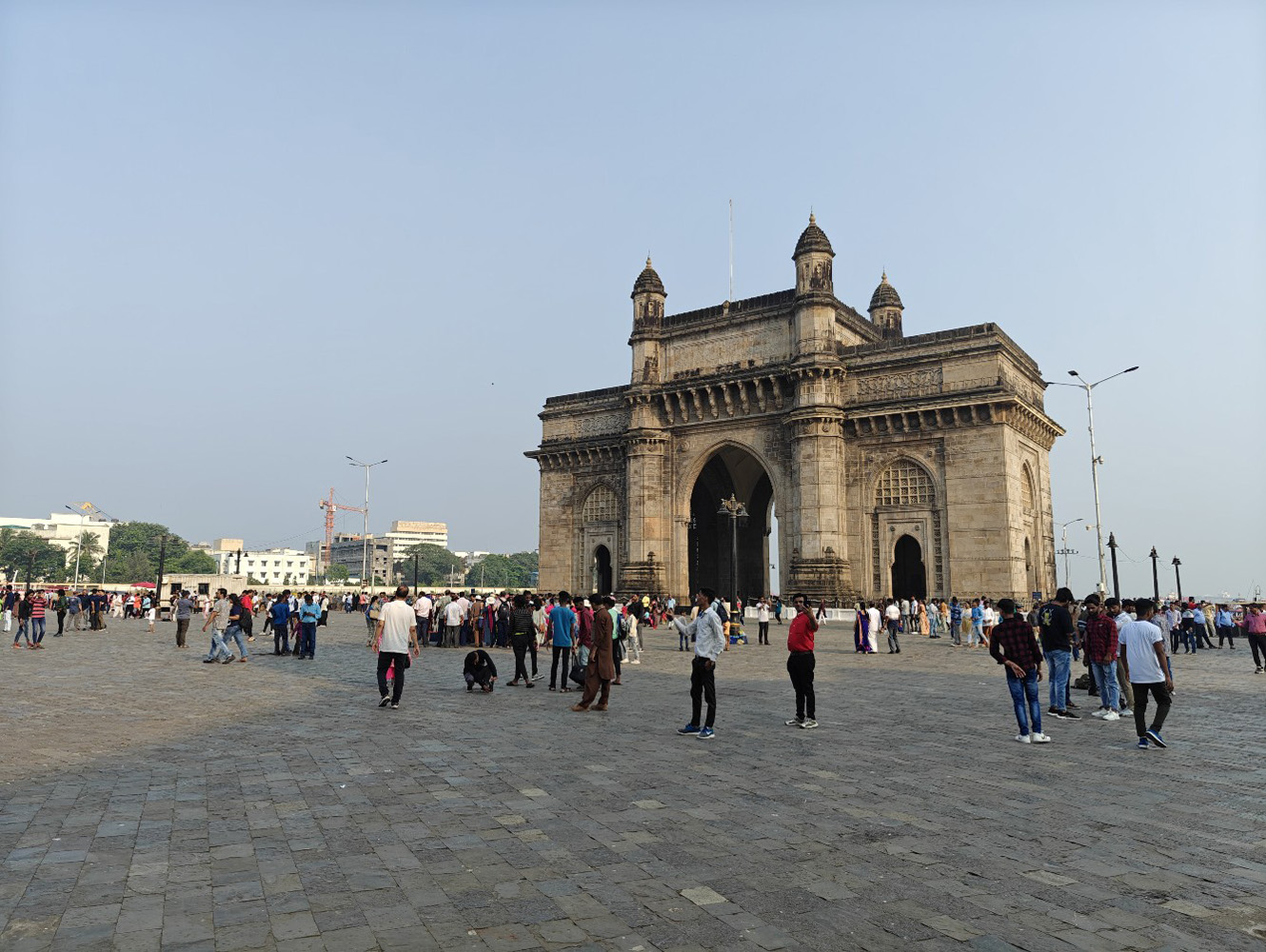
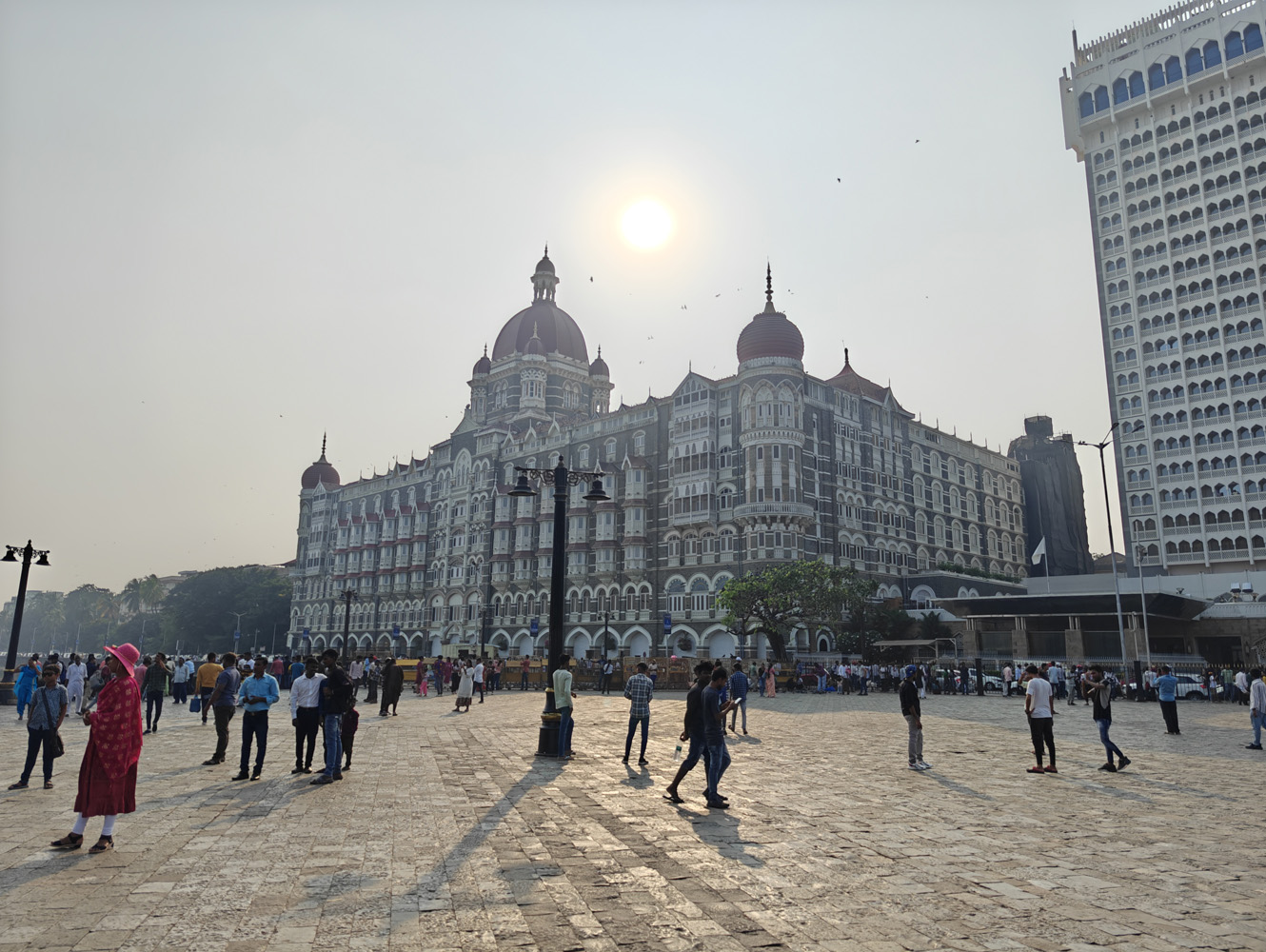
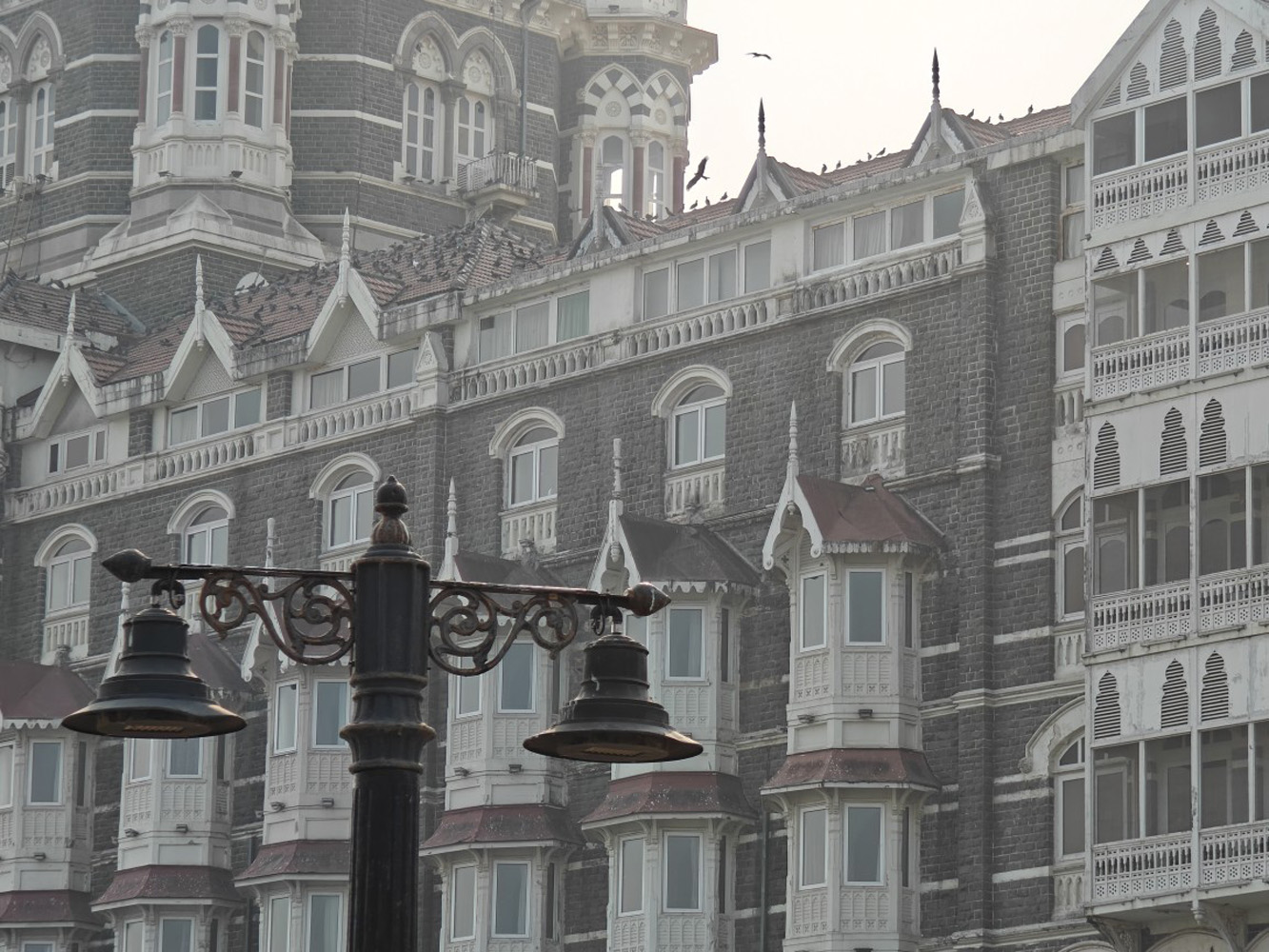

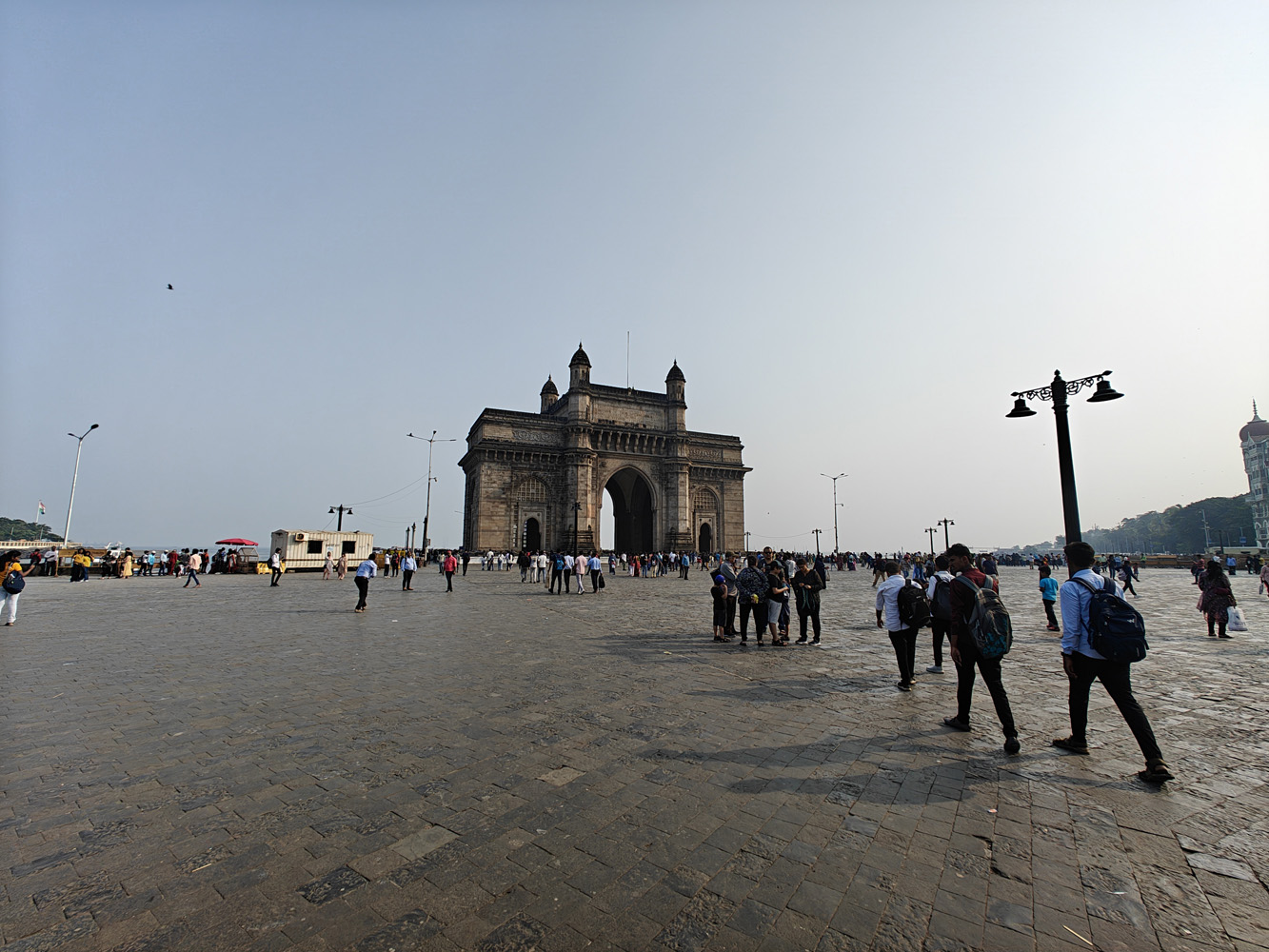
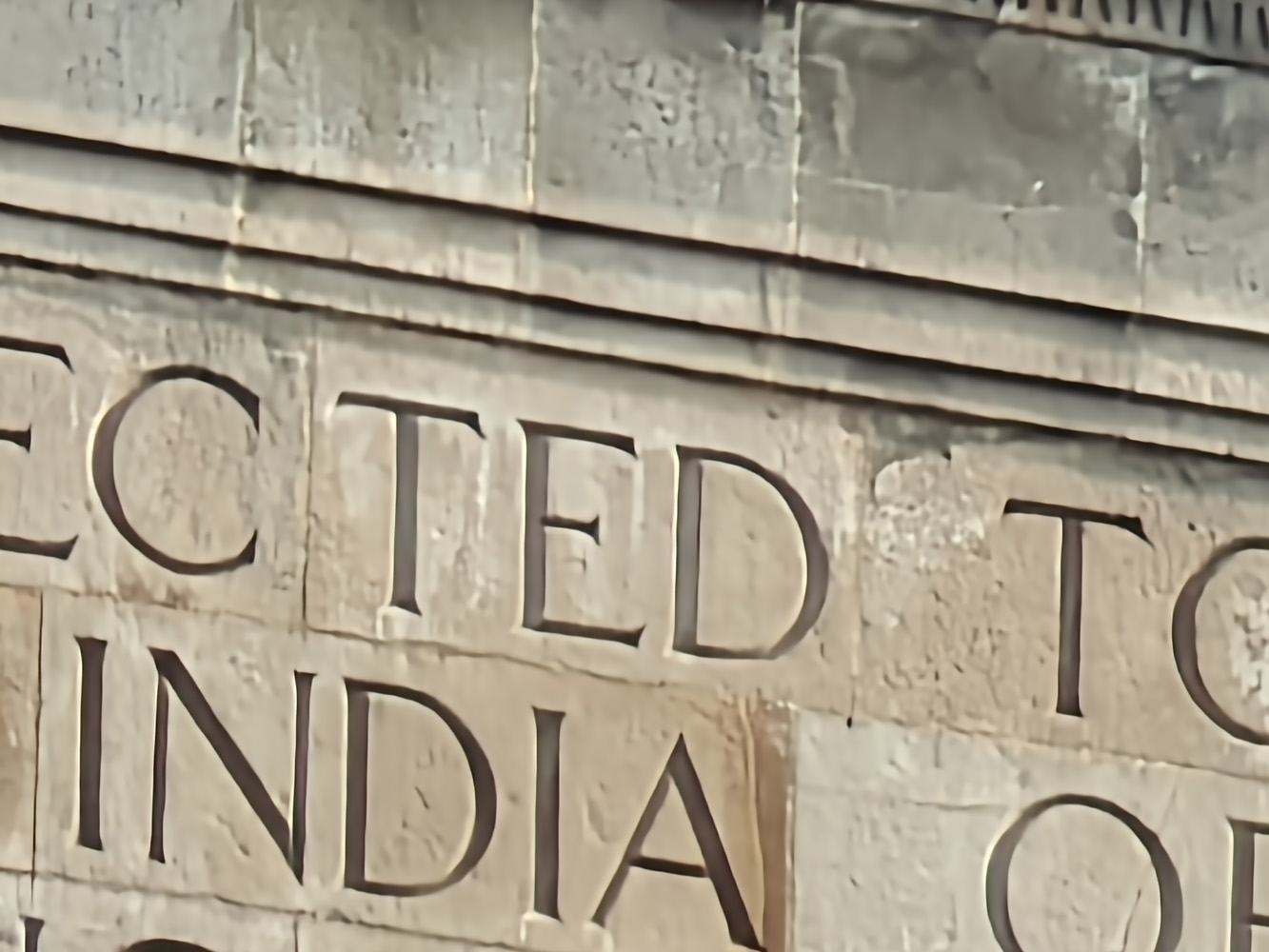
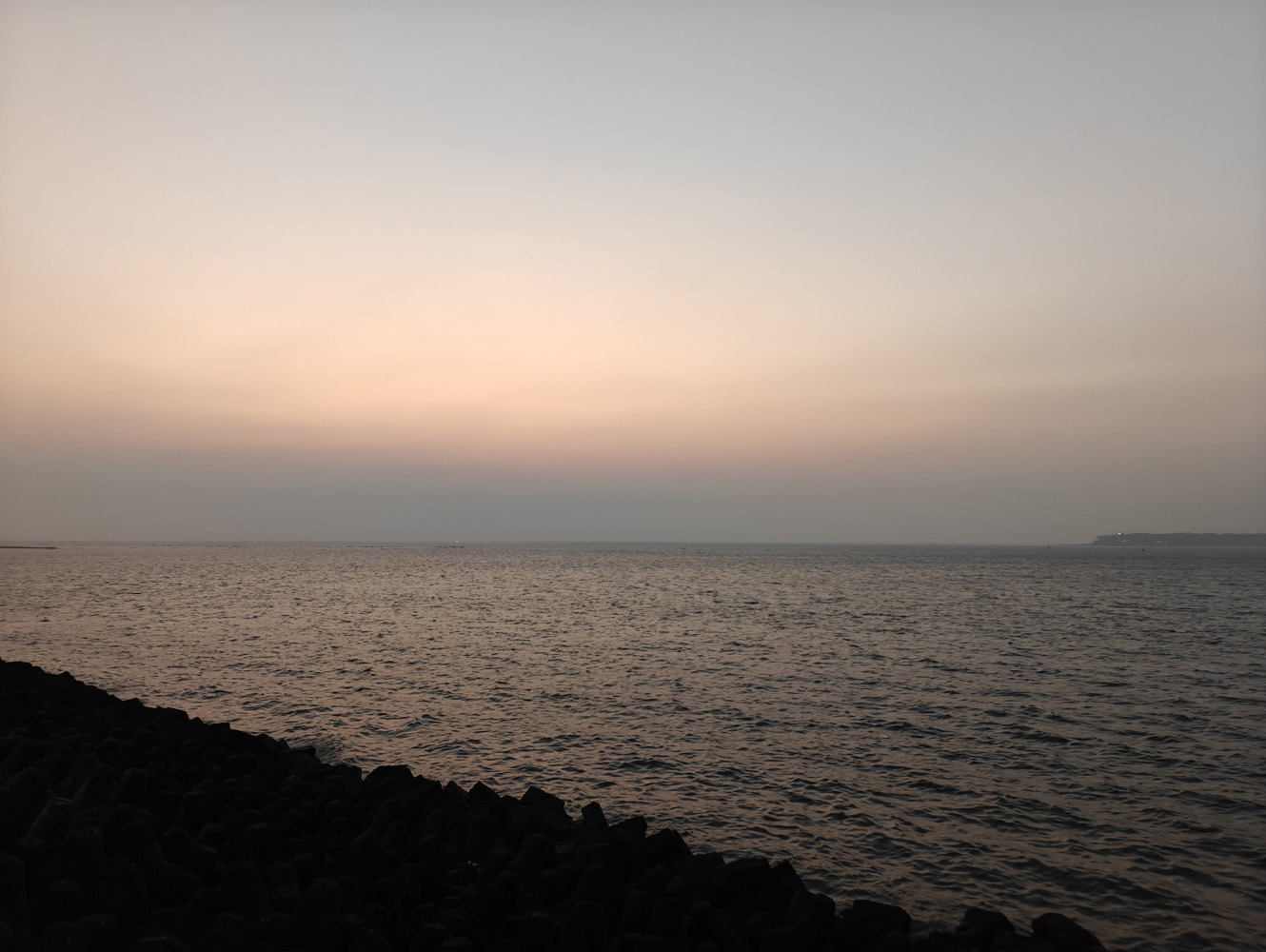
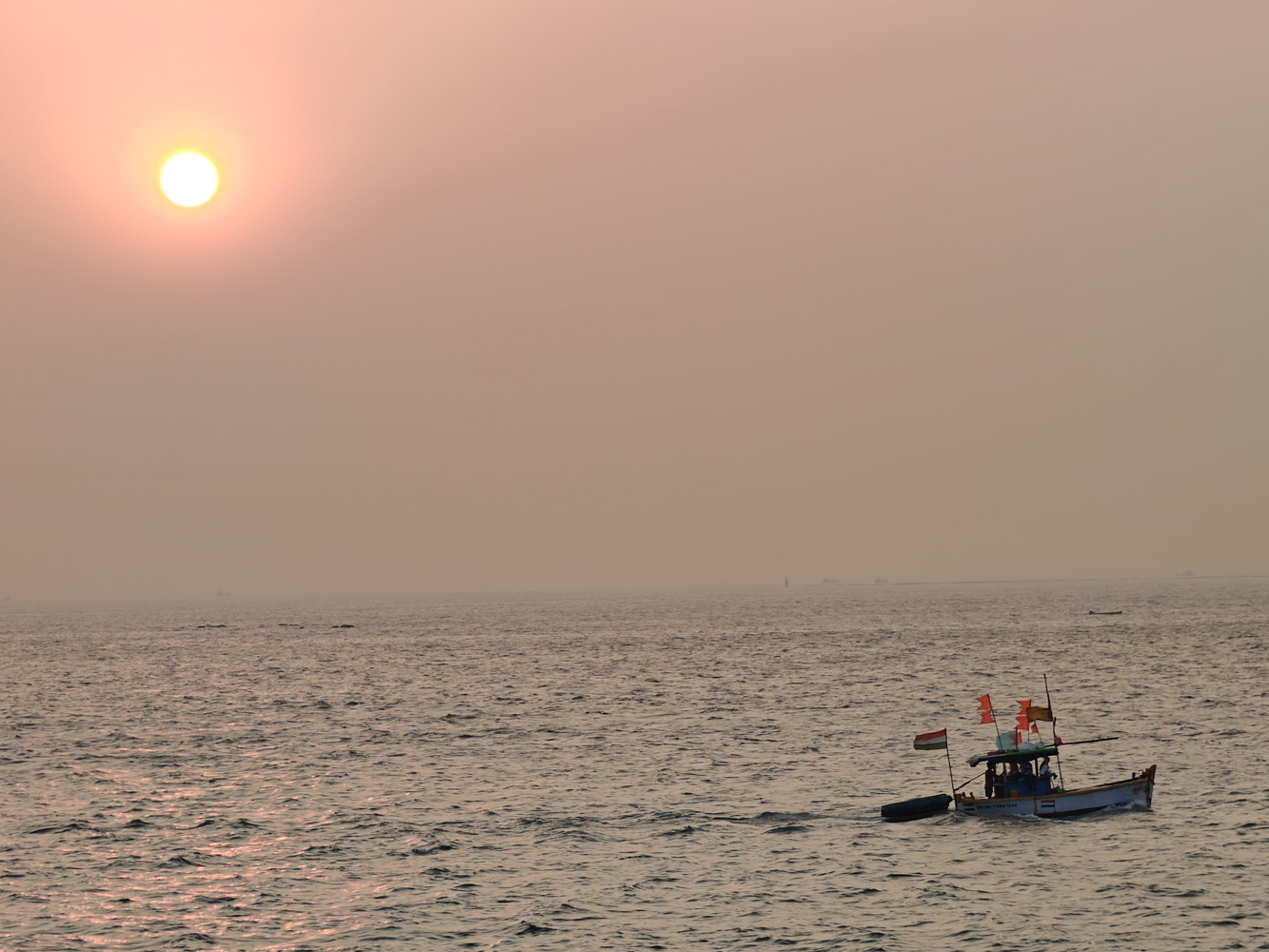
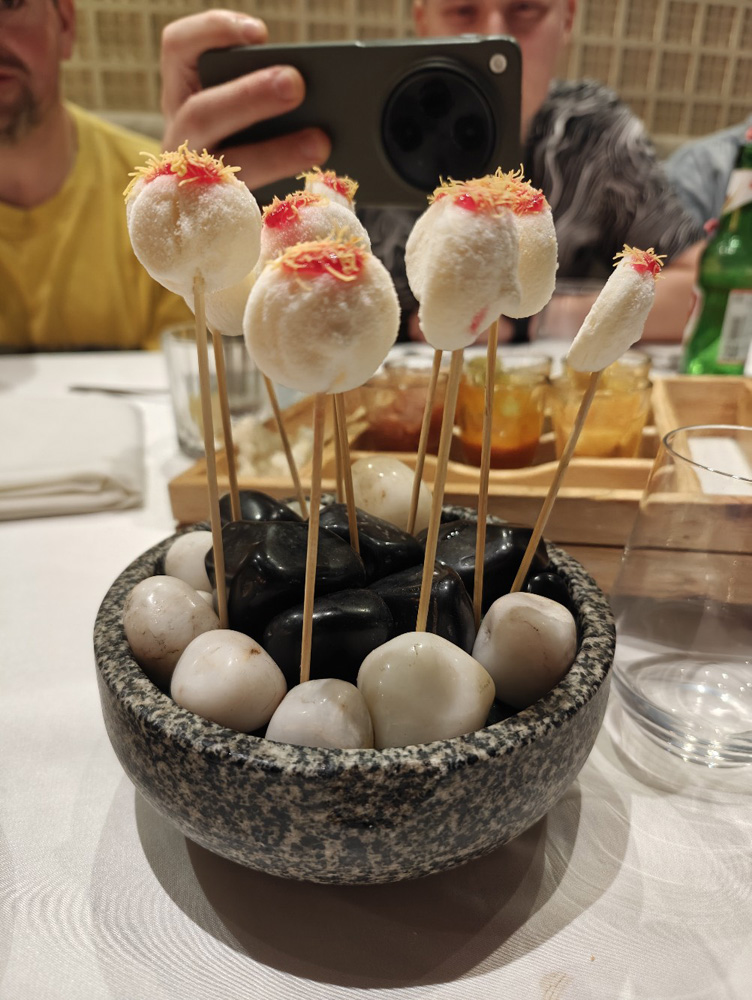

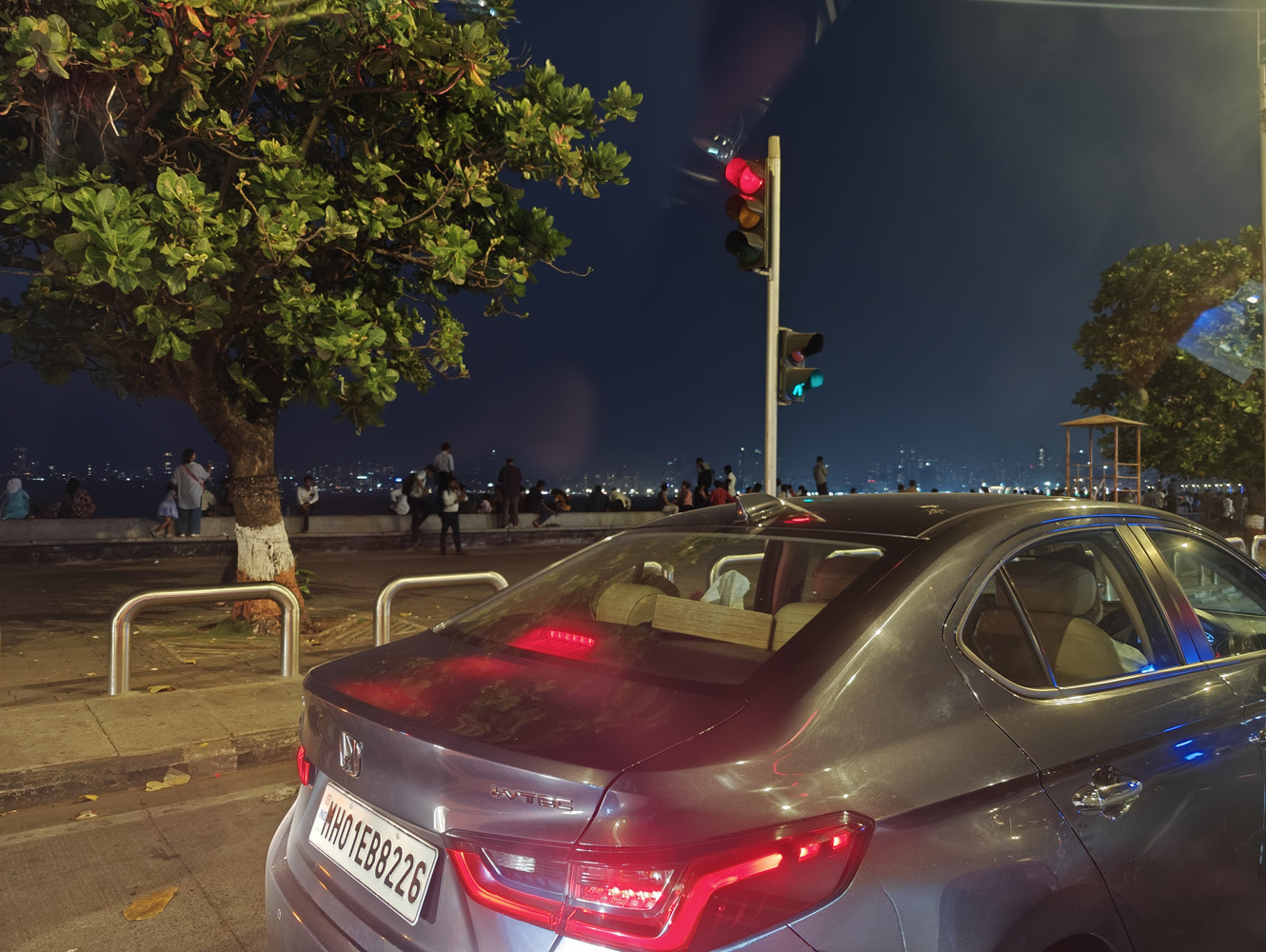

Pixel stacking essentially means physically smaller sensor can take in more light, and the Open puts its sensor to great use at night. Low light photography is clearly much improved when you compare it to earlier OnePlus phones. It’s not best-in-class as yet, but I feel it’s much better than, say, those taken on the OnePlus 10 Pro (for the record, I liked the OnePlus 11‘s low light capabilities).
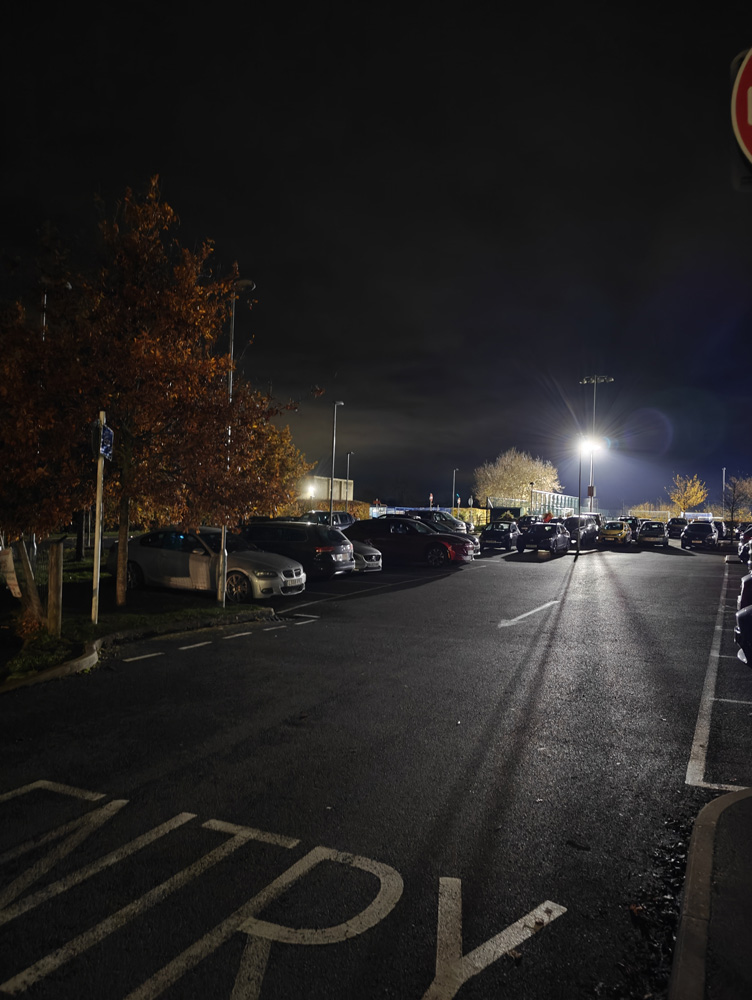

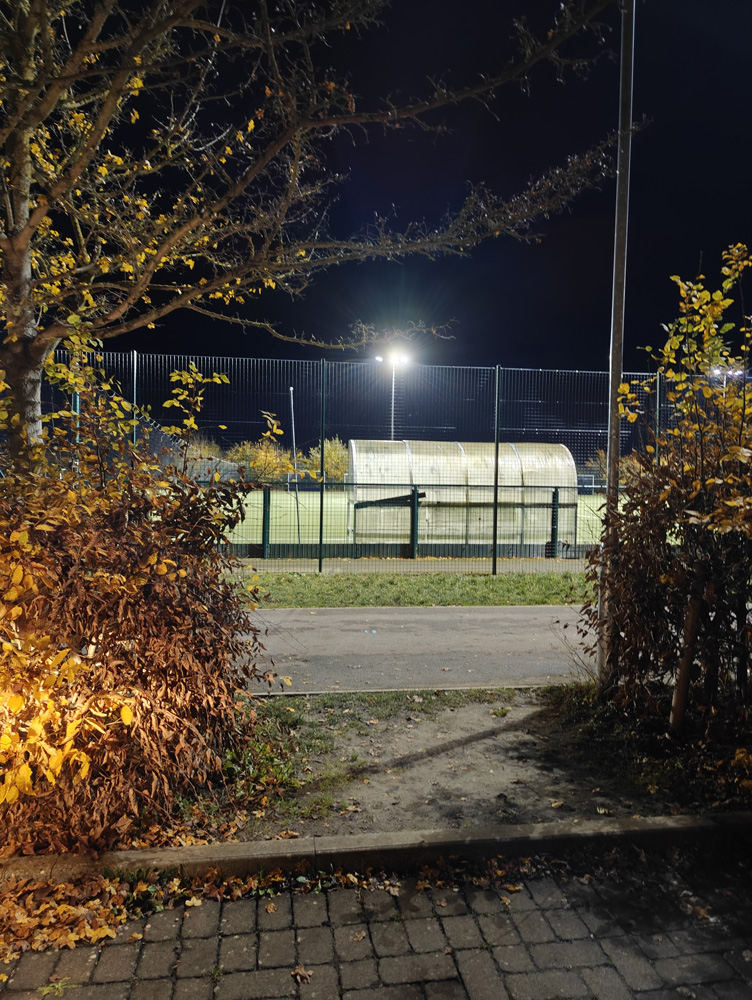
As with every phone camera I use, I found I used the Open’s ultrawide pretty sparingly aside from shots where I was too close to my subject – usually a building I’m standing by or when I’m trying to capture an entire scene. Being able to focus as close as 3.5cm makes it a useful macro shooter, with excellent detail and colour.
Performance & battery life: still speedy
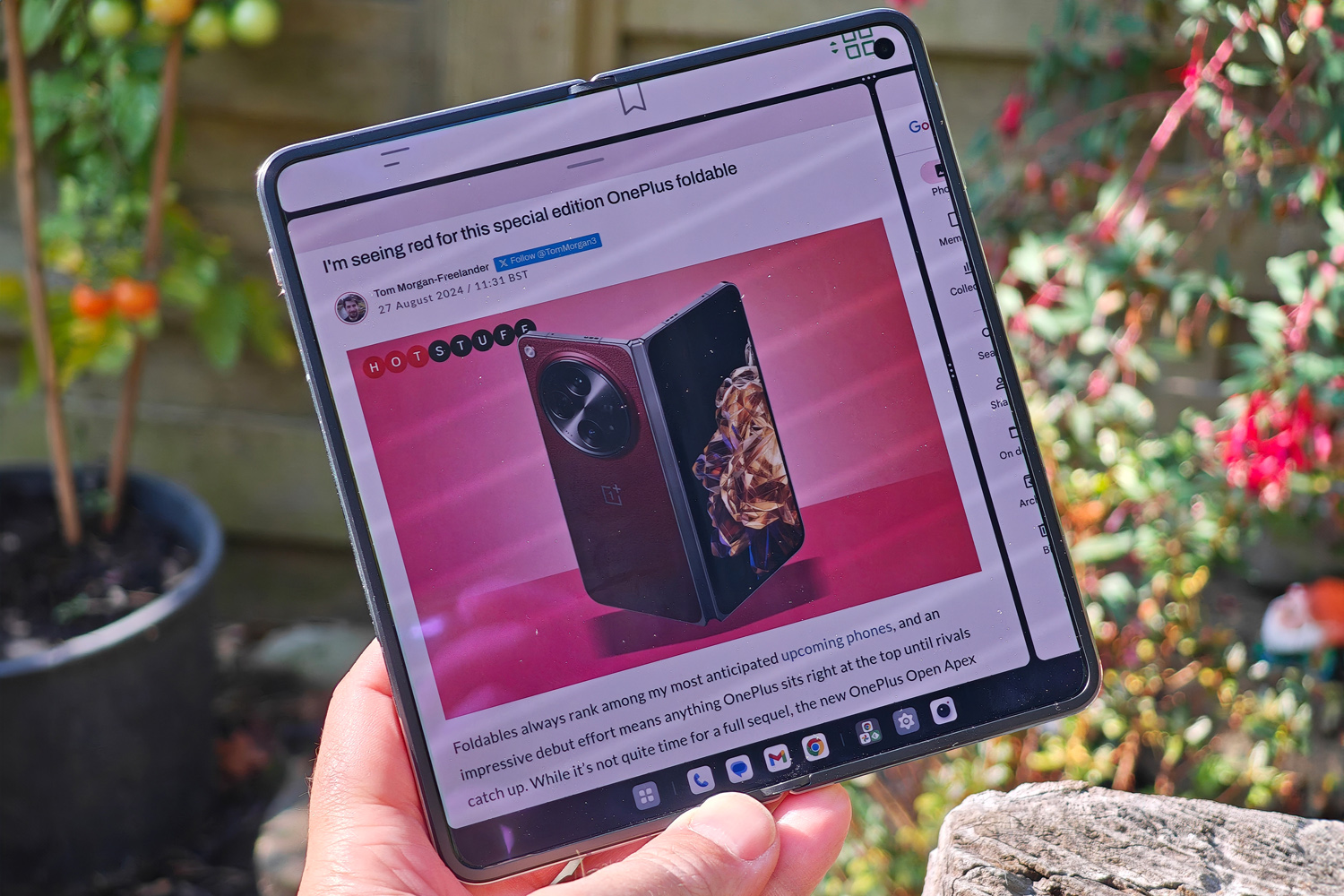
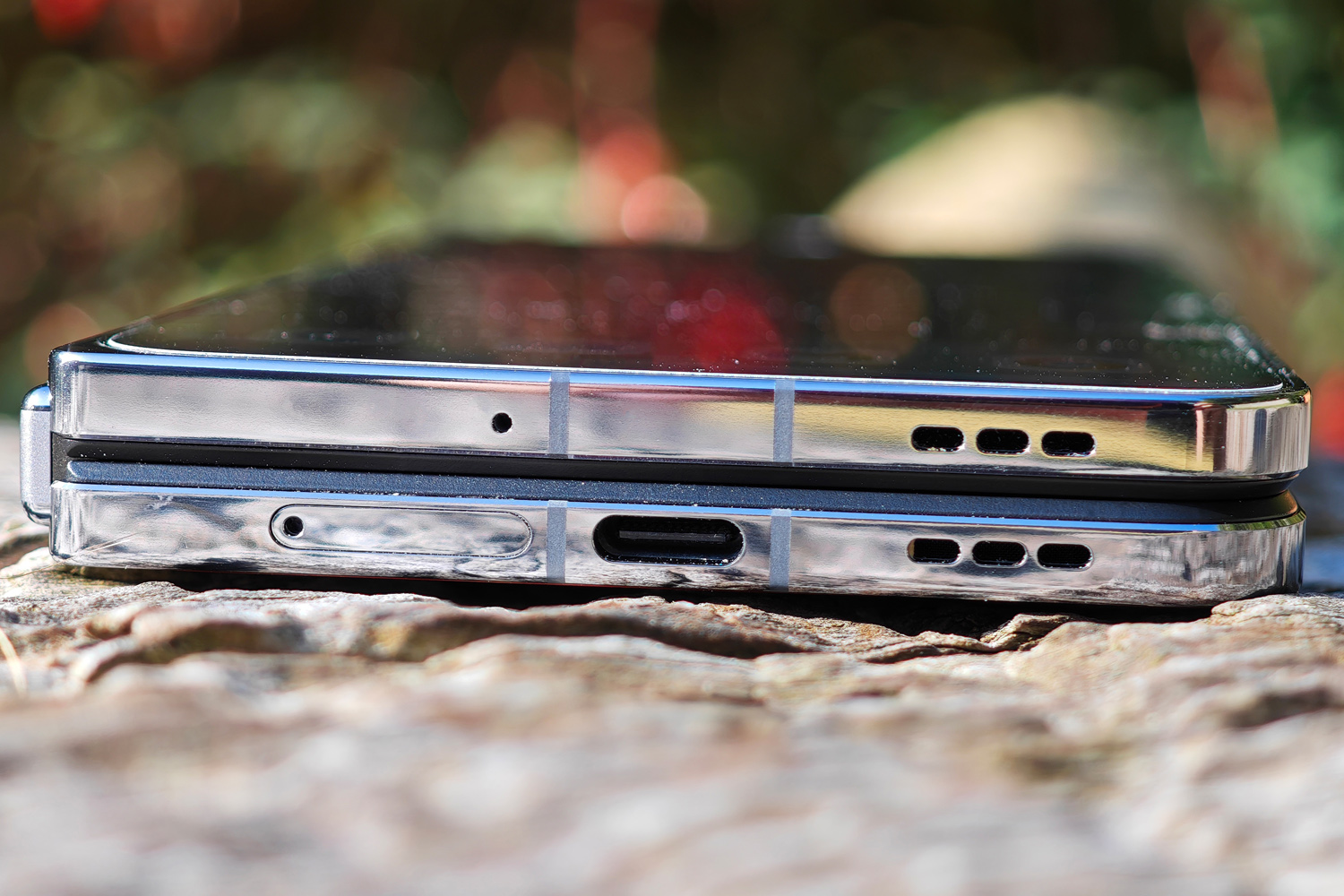
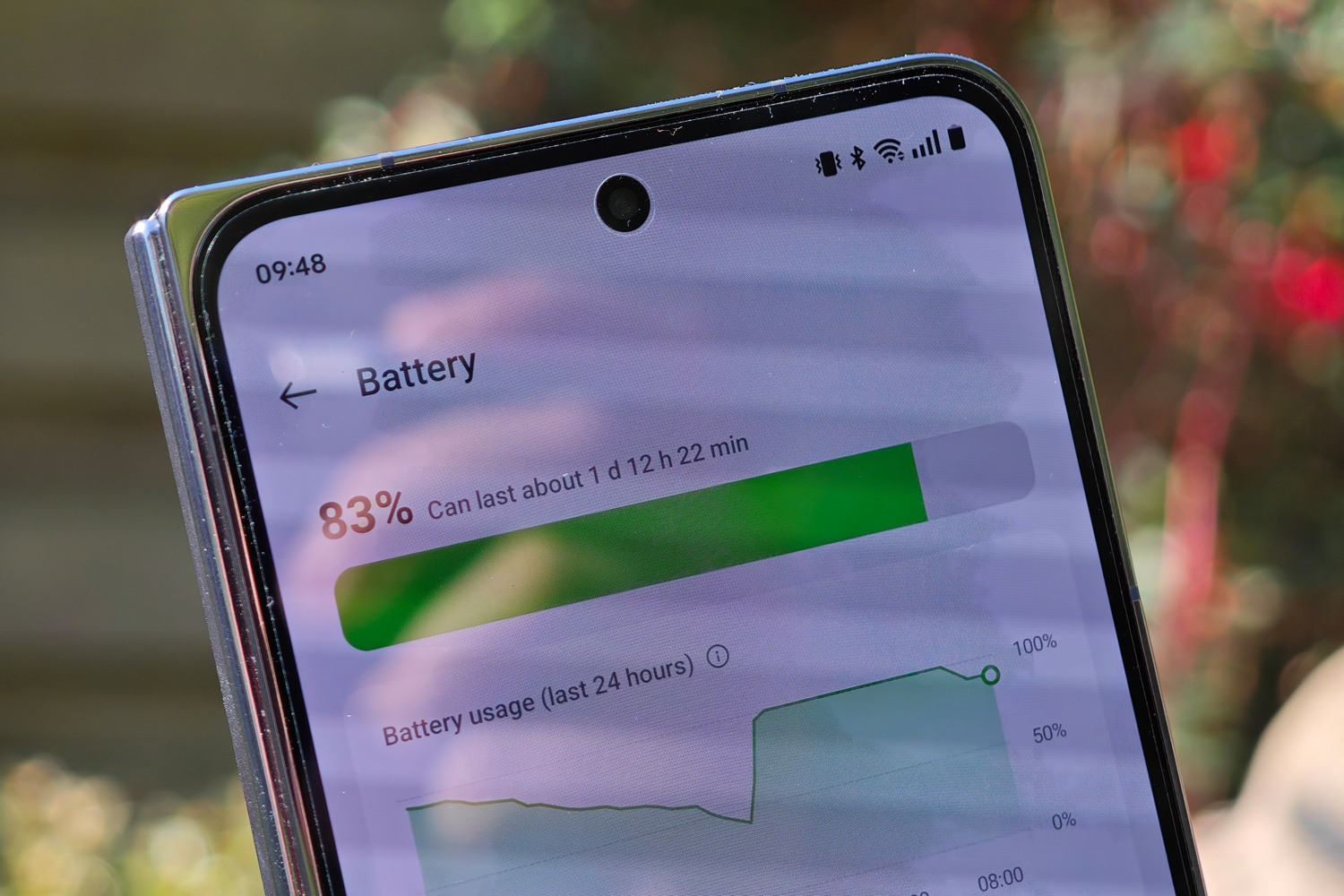
When it first launched the OnePlus Open was about as high-end as it got in the phone world, with a Snapdragon 8 Gen 2 chipset, 16GB of RAM and a generous 512GB of storage. The Apex edition bumped that capacity to a whopping 1TB.
Newer rivals have since made the jump to Snapdragon 8 Gen 3, but that doesn’t mean this phone is suddenly a slouch; it powers through benchmarks, plays games incredibly well (though only ones partnered with parent company BBK can make full use of the 120Hz screens), and runs Android wonderfully smoothly. Sustained performance is great, too, with the phone never getting especially warm to the touch.
Multitasking is this phone’s forte, so I was very happy to see it could swap between apps instantly without any delay. More demanding games will still give it a workout, but there’s not a huge leap between it and any foldable launched since. Certainly don’t let the fact it has an ‘older’ chipset put you off, as performance isn’t lacking.
The Open has a 4805mAh battery, which is bigger than the ones you’ll find in the Galaxy Z Fold6 and Pixel 9 Pro Fold, but smaller than the Vivo X Fold3 Pro. That comfortably translated to all-day use for me,. With an hour of gaming and a few hours’ YouTube streaming on top of my usual mix of social scrolling, Spotify playback, emails and camera use, I’d typically reach between 20-30% by bedtime. It has more stamina than Samsung’s latest, though I’ve yet to test the Pixel to see how its Tensor G4 chipset holds up for power consumption.
As you’d expect from a OnePlus phone, there is speedy wired charging. It’s not as quick as on some other OnePlus models since it’s set at 67W. But the Open can still be charged from empty to 100% in 42 minutes, which is fine. There’s no wireless charging, though.
Software & UI: multitasking magic

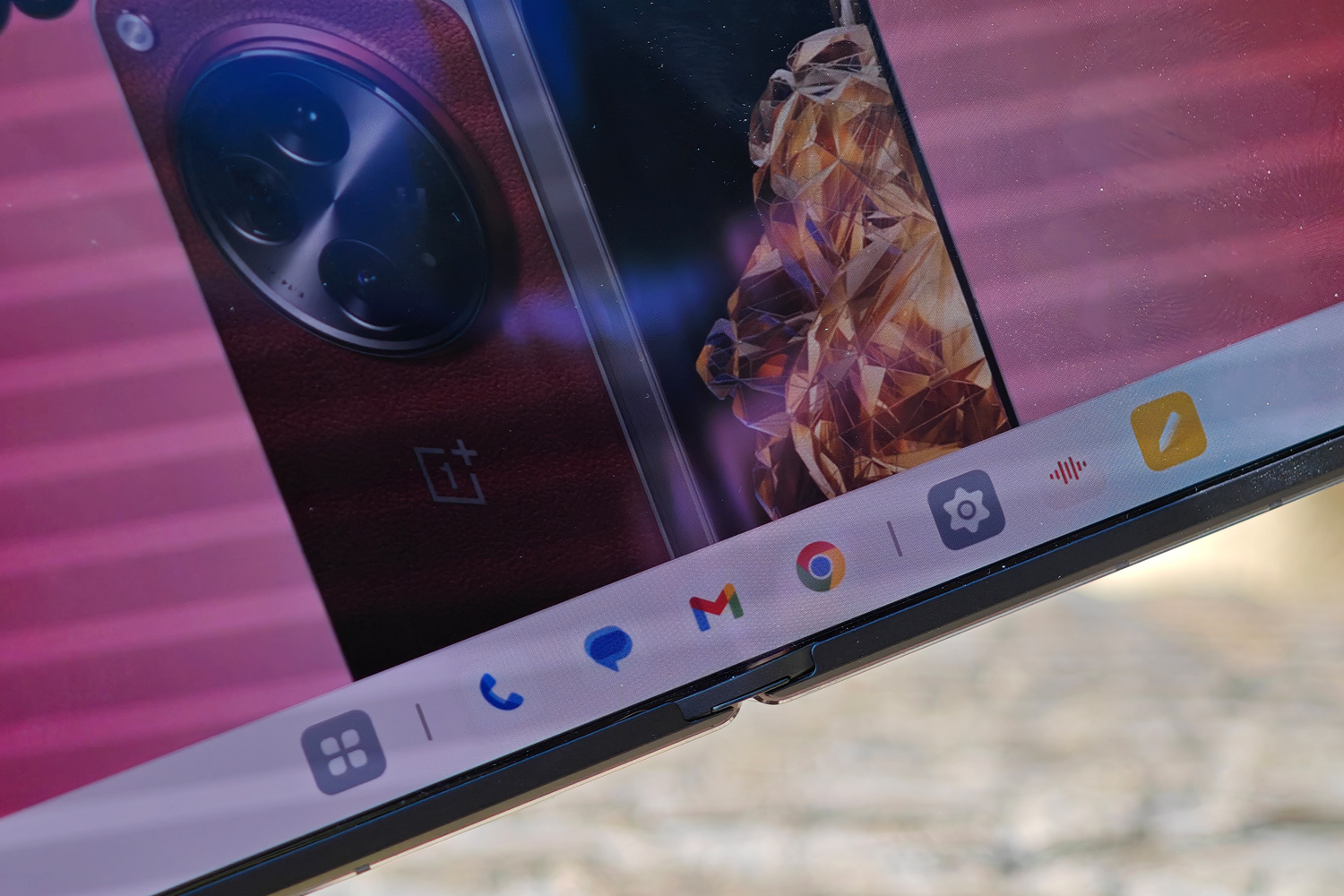
It ran OxygenOS 13.2 out of the box, but OnePlus quickly updated the Open to Android 14. There will be four years of feature updates and five years of security updates, which is a step behind Google and Samsung’s promise seven years of update life.
Oxygen OS has integrated some sweet software touches for working across the larger display. One Plus calls this Open Canvas and it makes using up to three app windows pretty easy. You can also save preset workspaces, rather than having to set up your favourites every time.
Most likely you will be using two simultaneously and this is really, really easy to transfer to switch into. You can split the screen into two apps simply by swiping two fingers down the middle of the display, or dragging app icons out from the taskbar that’s become a key part of Android on foldables. OnePlus has also introduced an option to get quick access to recent files. There’s an Open Canvas tutorial in the settings menu, while pop-up hints help you through the process if there’s a problem.
Being able to expand one app to fill the majority of the screen, while still having the other one (or two) at the sides is a revelation for fast multitasking. You don’t have to contend with a compressed view, but don’t have to reach for the taskbar to return to your other app. It’s a system I want other foldable phones to adopt ASAP.
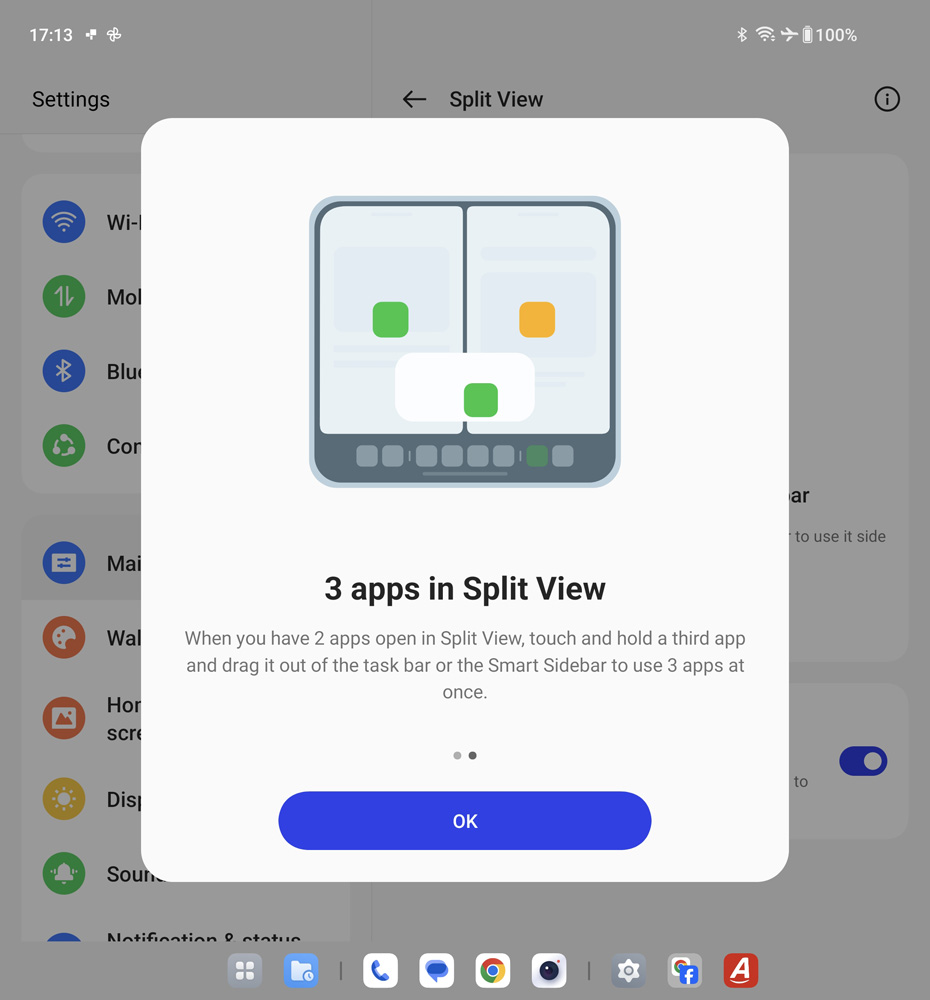
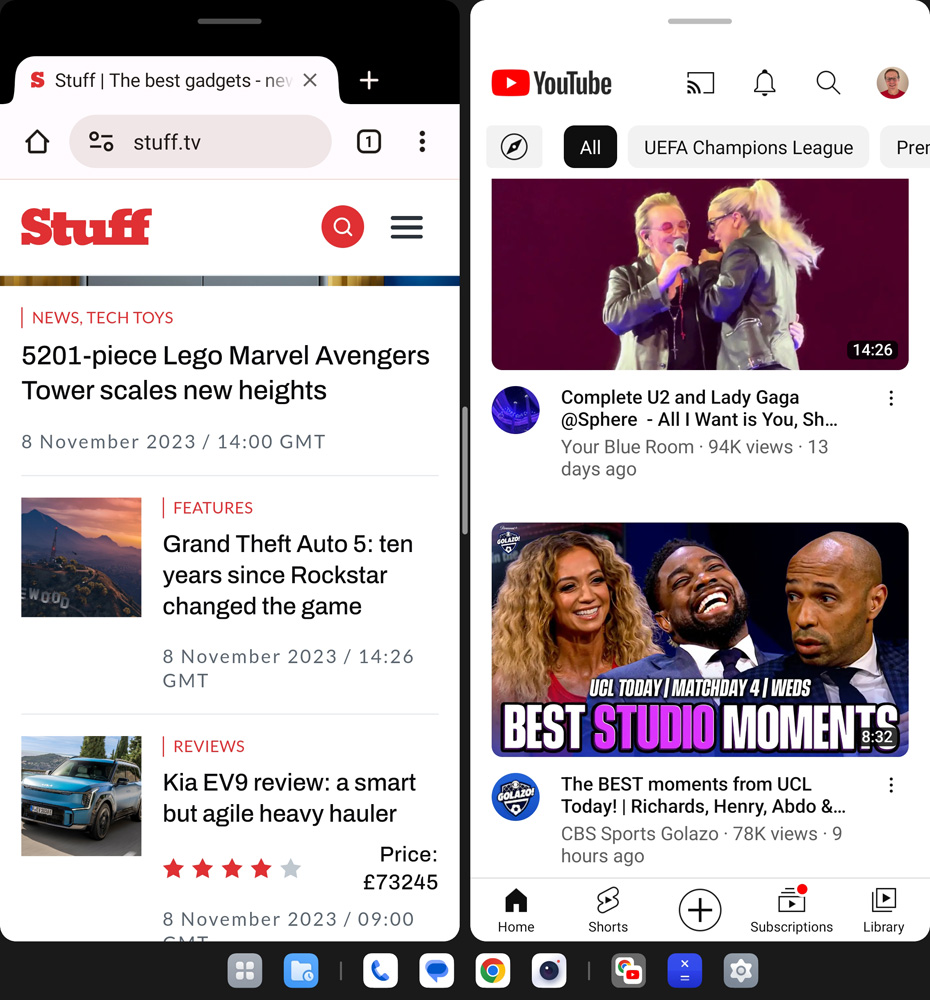
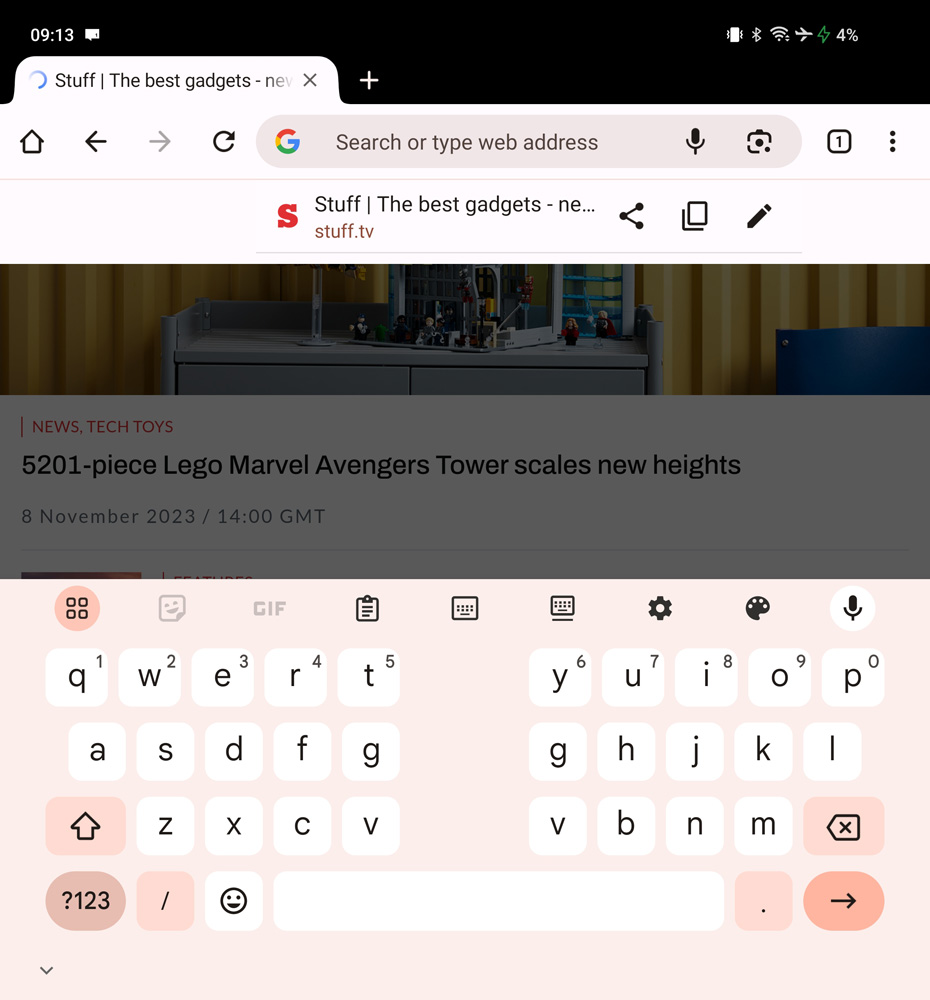
Typing is a little strange on the larger display, with the keyboard splitting in two so you’re not typing across the fold or stretching your fingers too far. You can either try to get used to it, or toggle it off and give your digits more of a workout.
OnePlus Open verdict
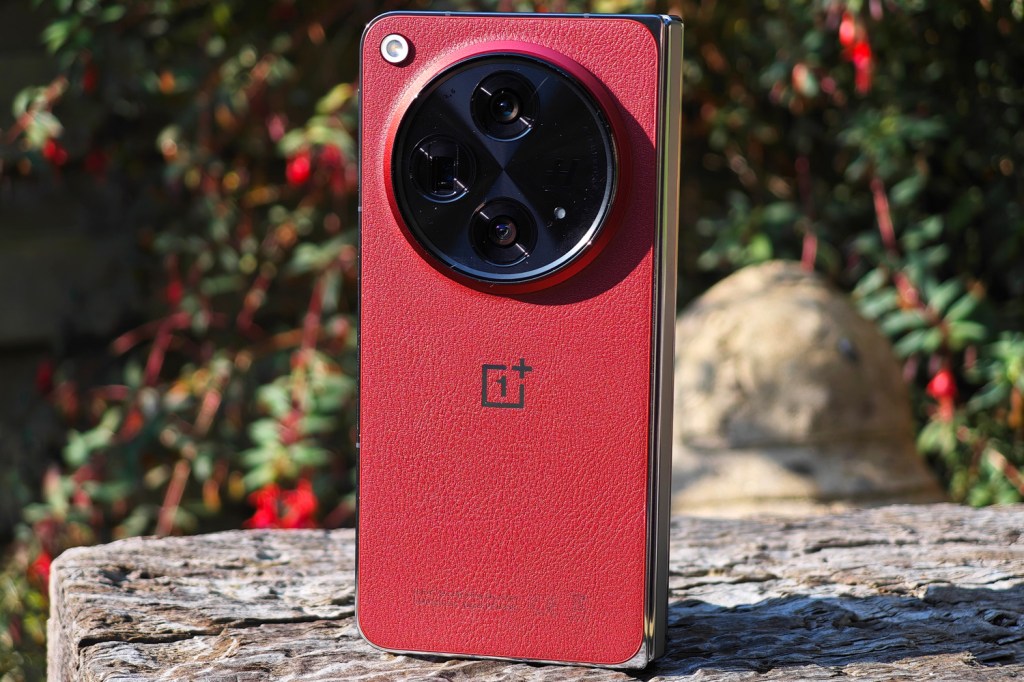
There are now a bunch of really brilliant foldable phones on the market – but they still need lower pricing to really jump into anything near the mainstream. OnePlus has done more on that front than any rival, yet its first attempt is arguably still the best of the breed. The Open’s form factor hasn’t meant compromises in terms of performance or spec, so everything is fully flagship class.
It misses out on a few features you’ll find on newer rivals, like wireless charging and the best water resistance. It’s no longer the best foldable for photography, either – though it still puts in a heck of a showing and bests Samsung in many areas. The Pixel 9 Pro Fold is shaping up to be a serious alternative, but costs a fair bit more.
At launch I wondered who would buy a $1700/£1600 OnePlus phone, given the firm is best known for well-priced sub-flagships. But having tried the foldable alternatives, it’s pretty clear: anyone wanting a near-flawless foldable experience should check it out.
Stuff Says…
The finest foldable around at launch, and still impressive today. The OnePlus Open costs less than major rivals yet bests them on styling and camera ability. It’s a few small steps from perfection.
Pros
Outstanding build quality and near-perfect form factor
Flagship-grade performance and battery life
Apex edition looks slick and doubles storage – but still undercuts rivals
Still the best take on foldable multitasking
Cons
Obviously pricier than any non-folding flagship
Digital zoom a struggle in lower light
No wireless charging and a compatible stylus is hard to find
OnePlus Open technical specifications
Screens | 7.82in 2440×2268, 1-120Hz OLED (inner) 6.3in, 2484×1116, 1-120Hz OLED (outer) |
| CPU | Qualcomm Snapdragon 8 Gen 2 |
| Memory | 16GB RAM |
| Cameras | 48+64+48MP rear, 20+32MP front |
| Storage | 512GB/1TB |
| OS | Android 14 w/ OxygenOS |
| Battery | 4805mAh w/ 67W wired charging |
| Dimensions | 153x143x5.8mm (unfolded) 153x73x11.7mm (folded) 239/245g |




